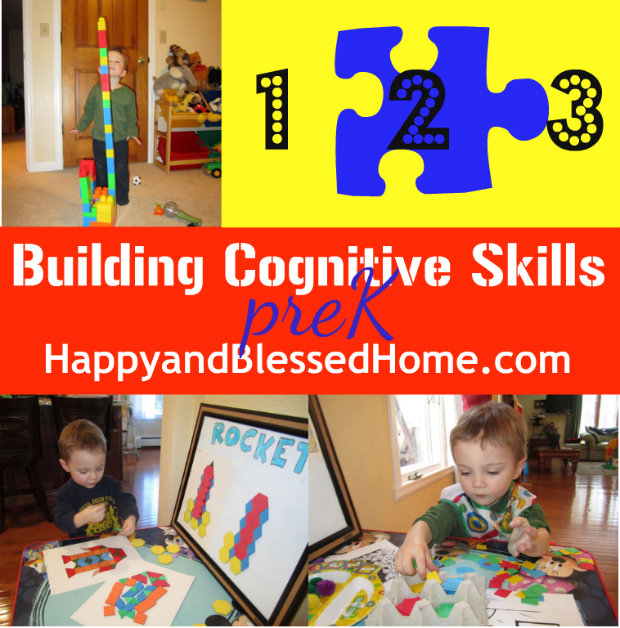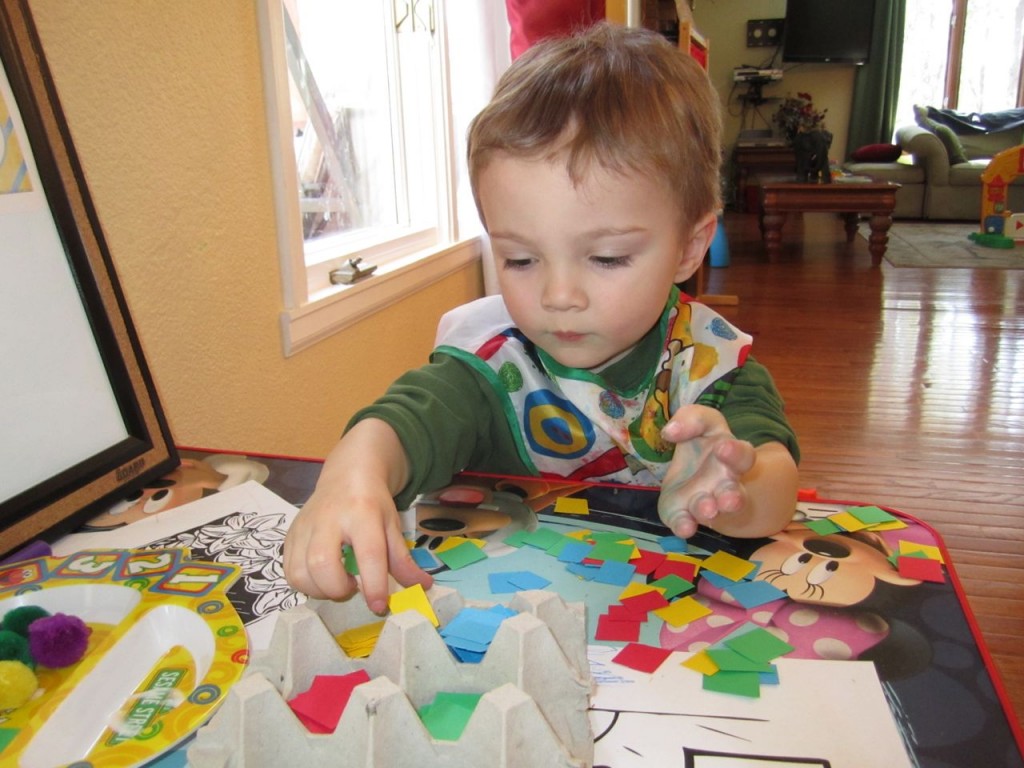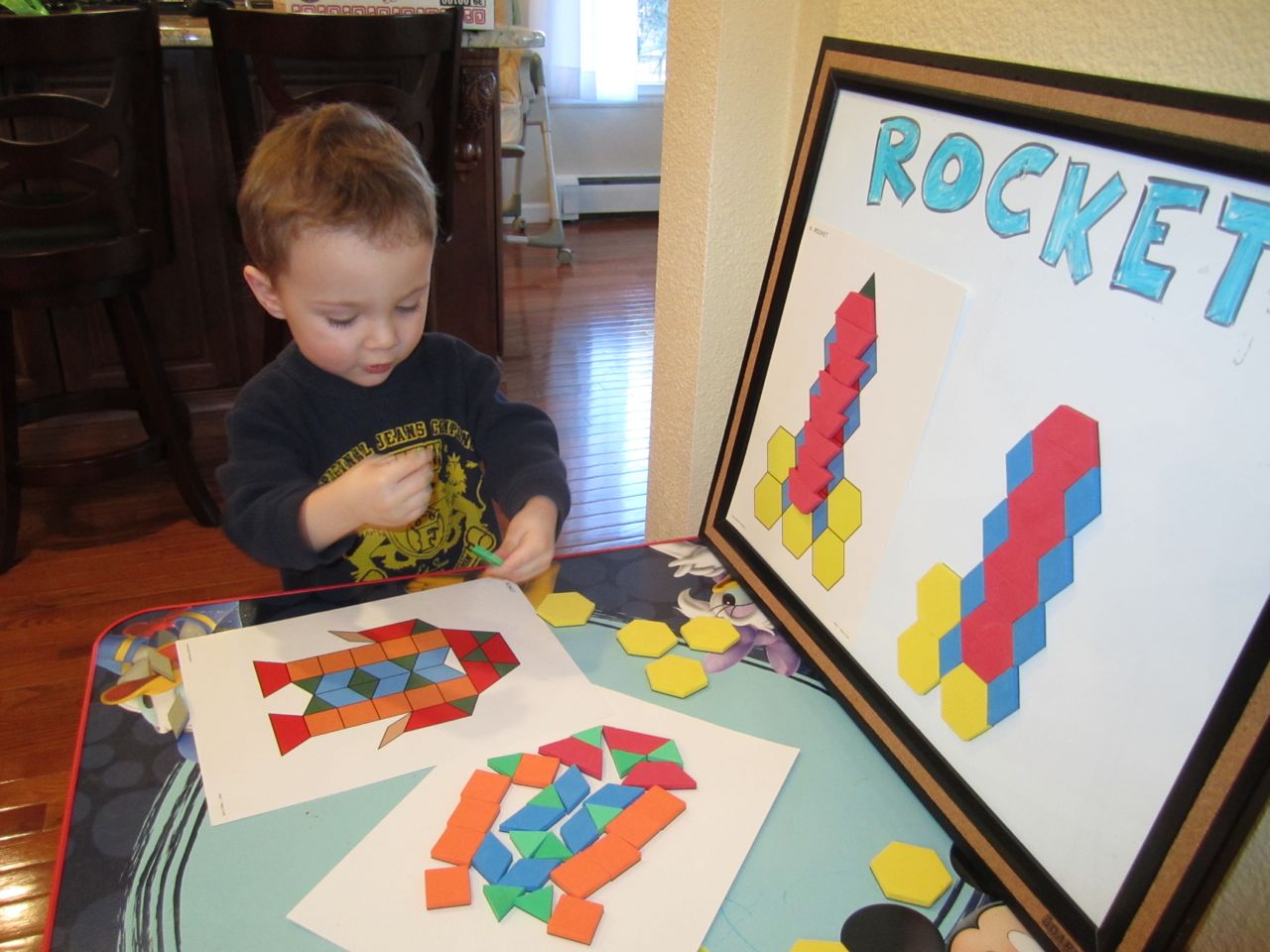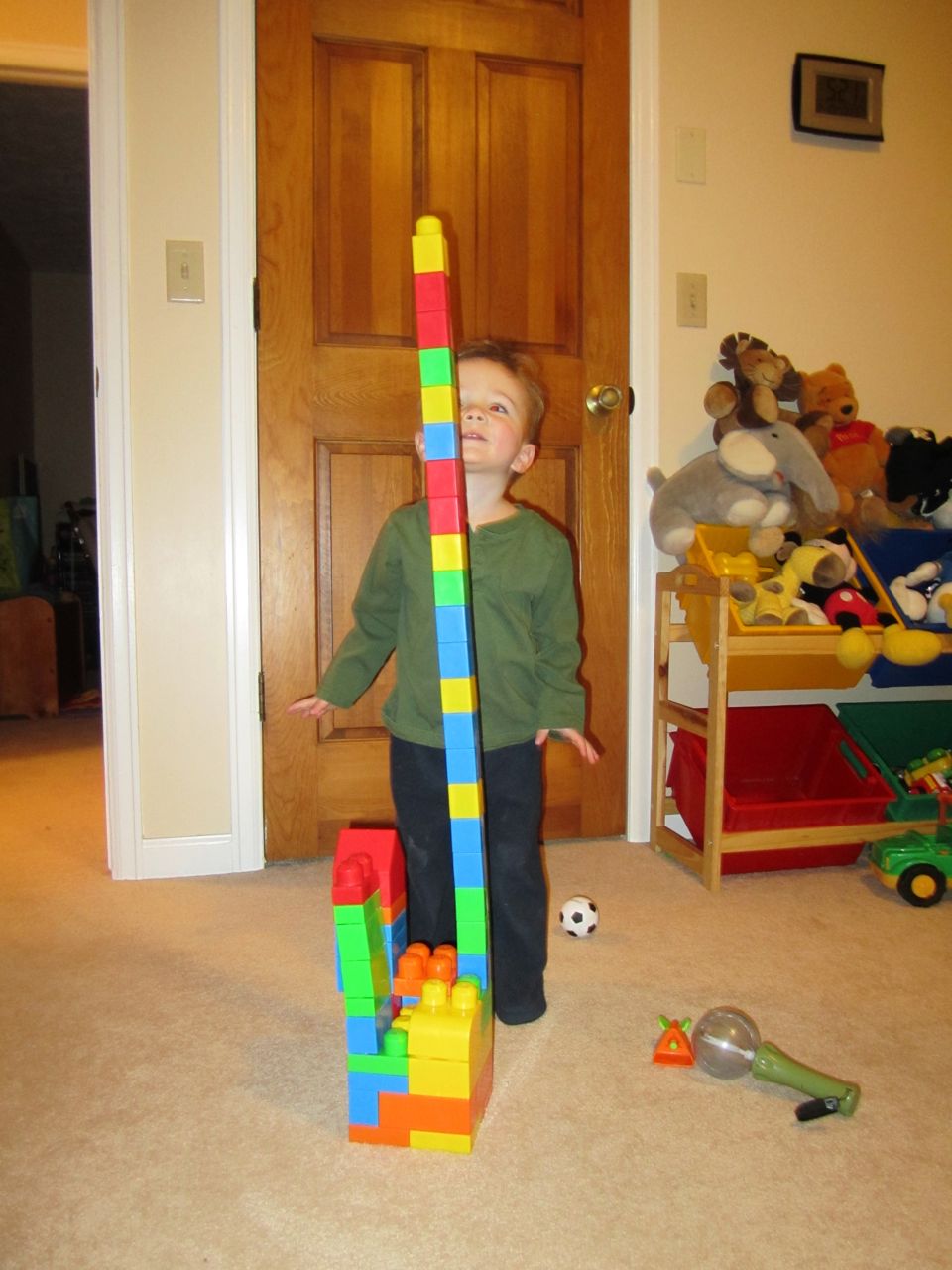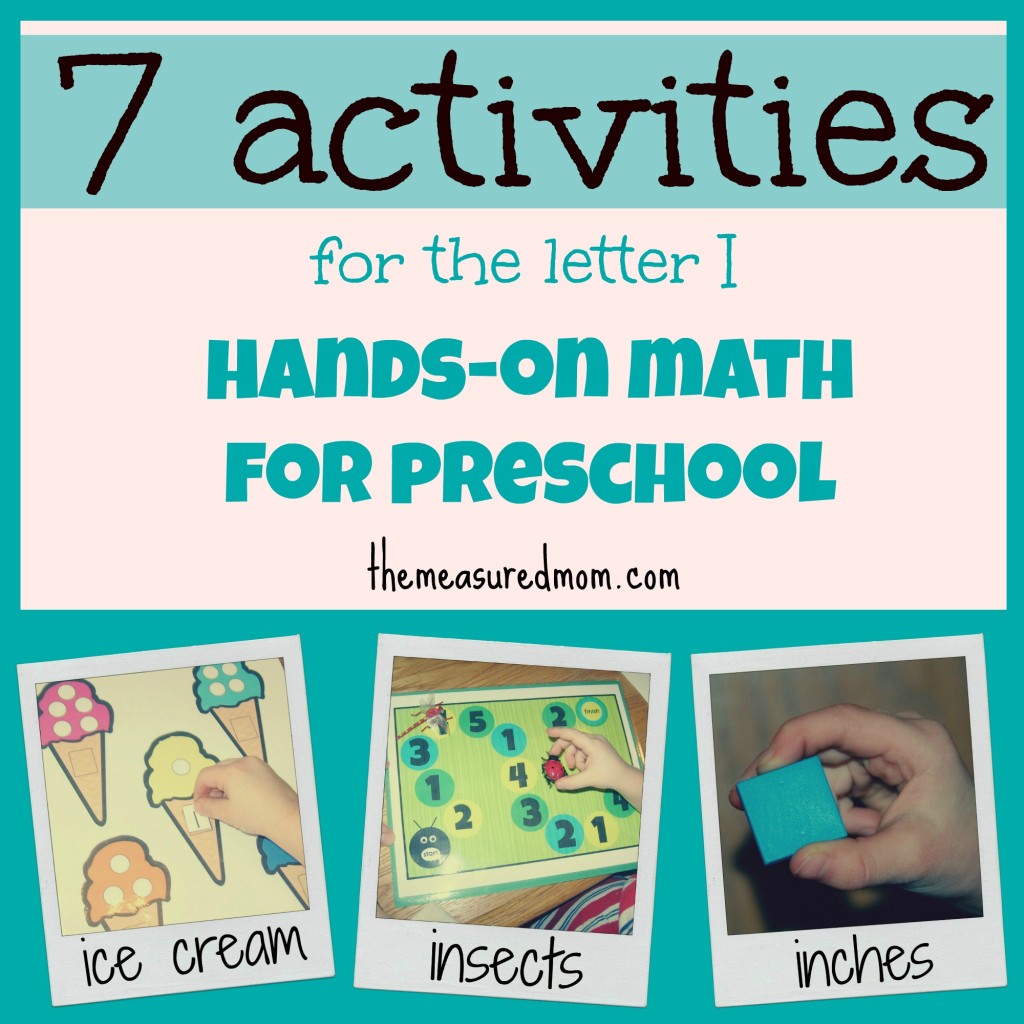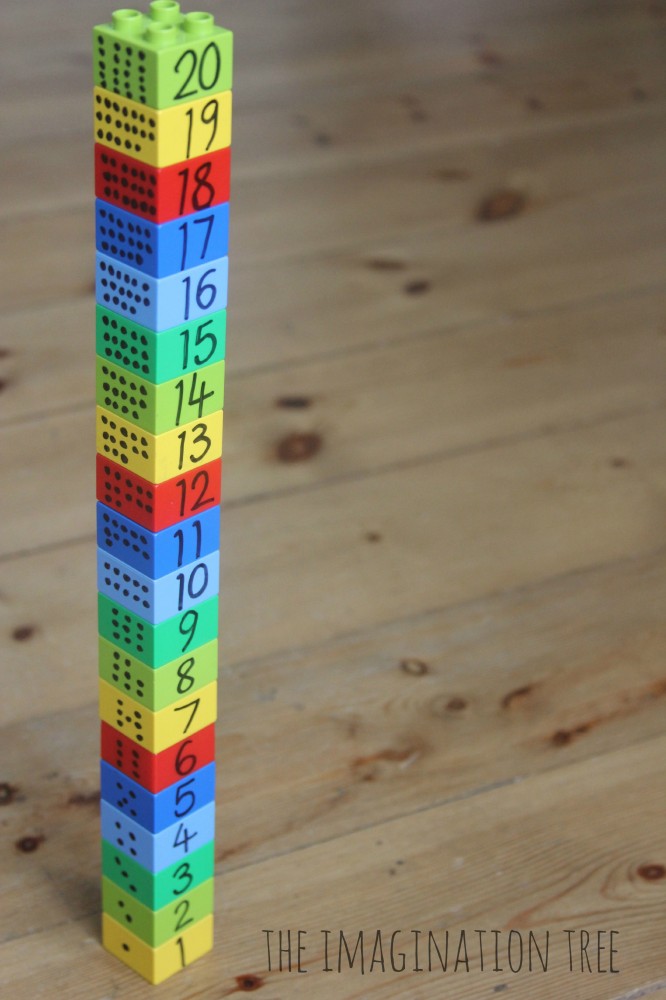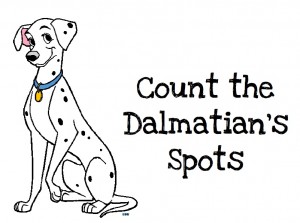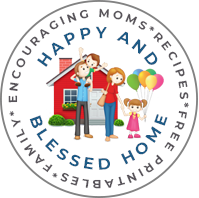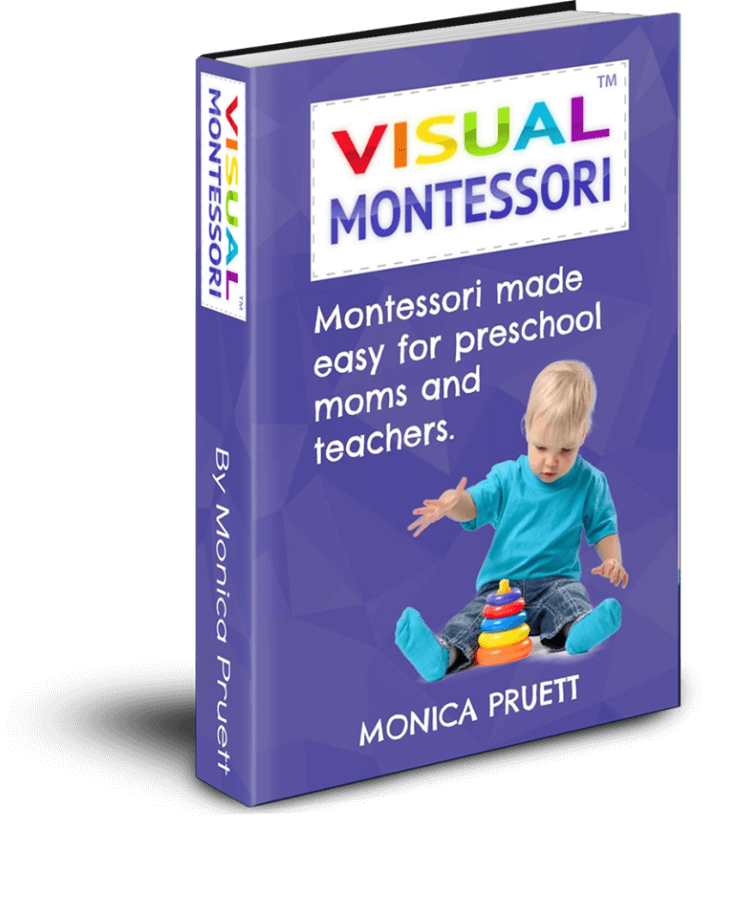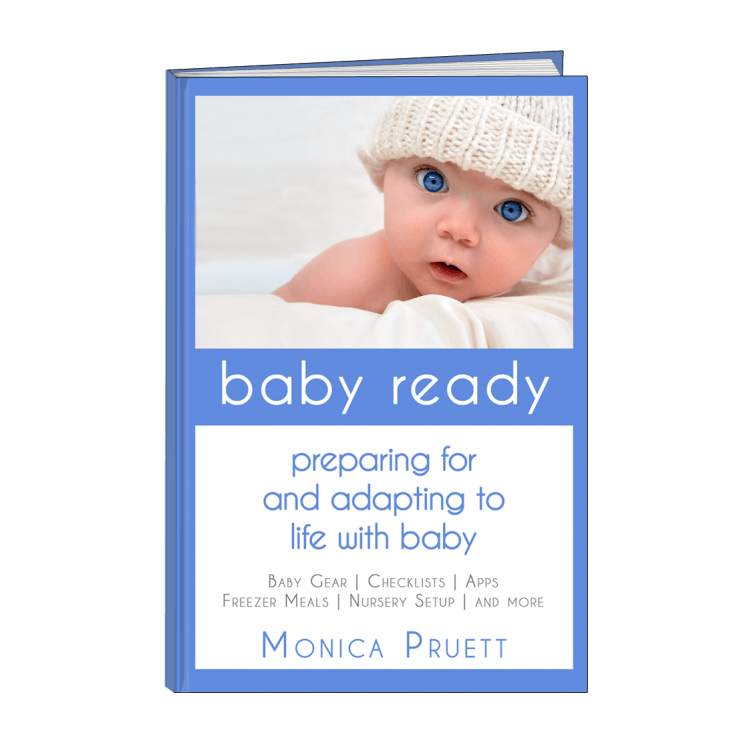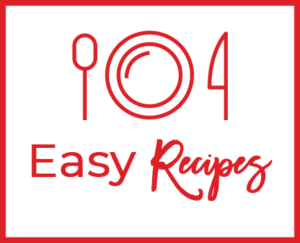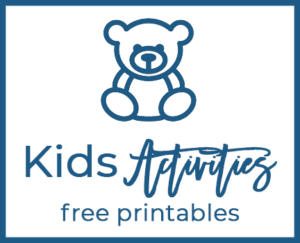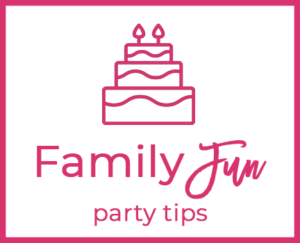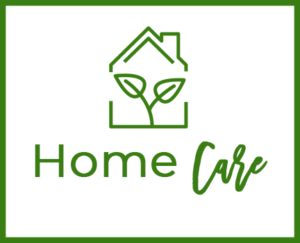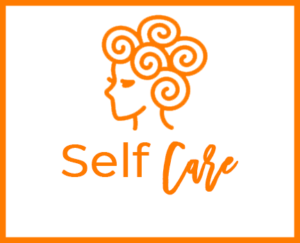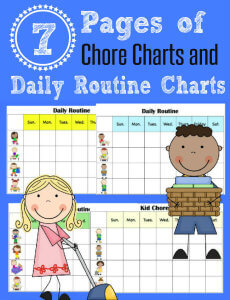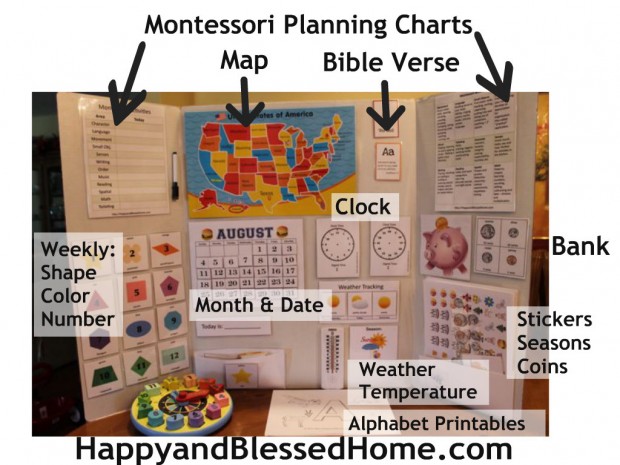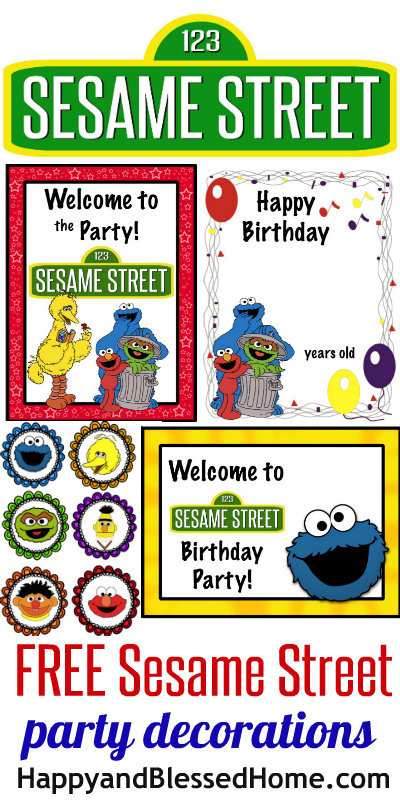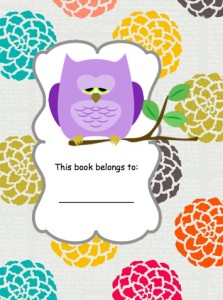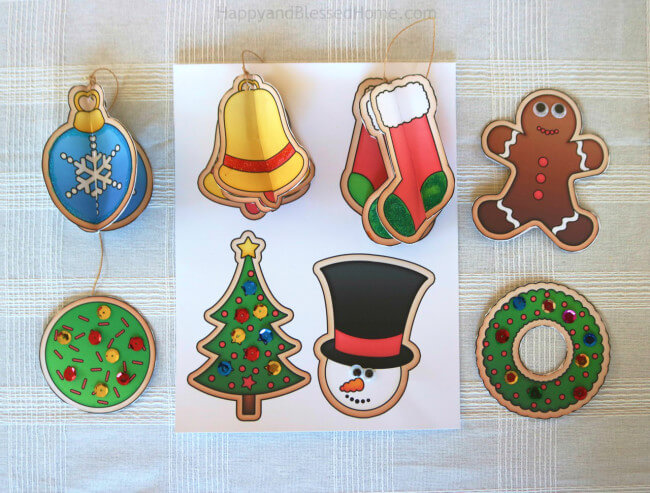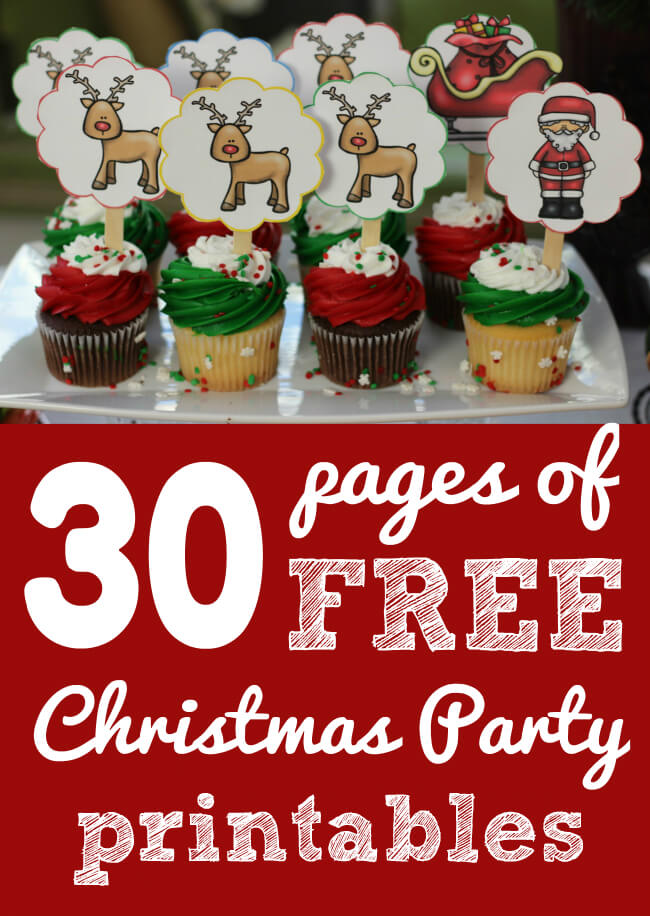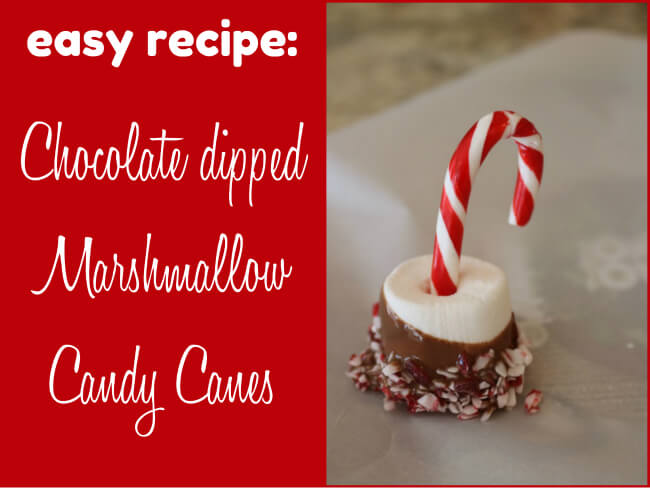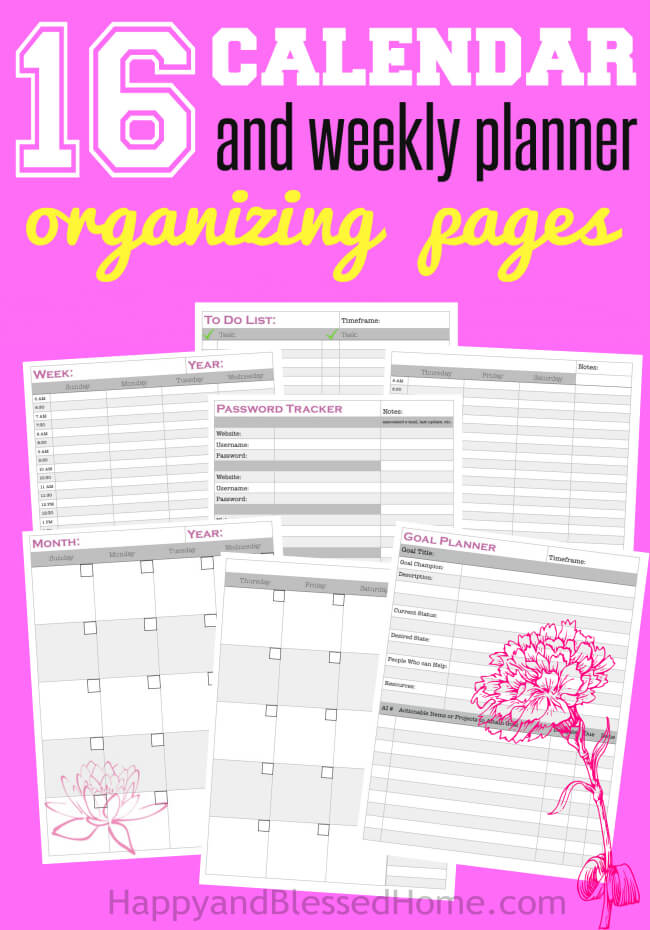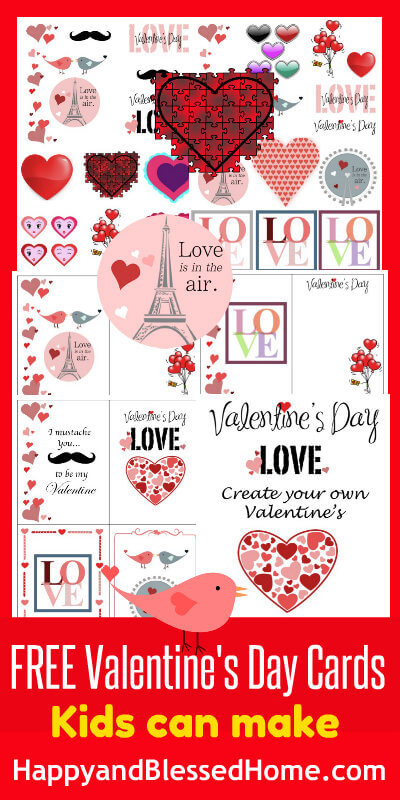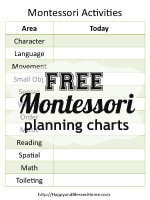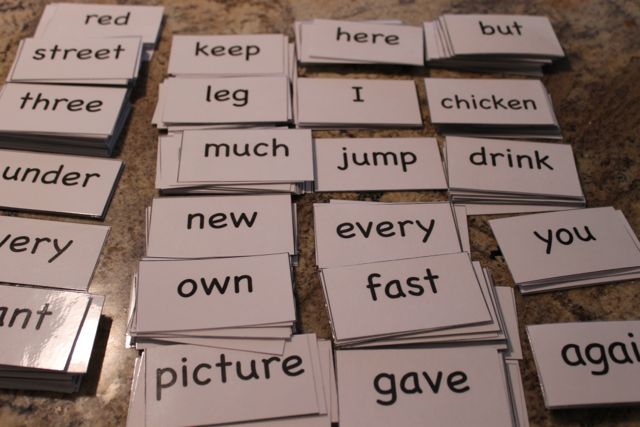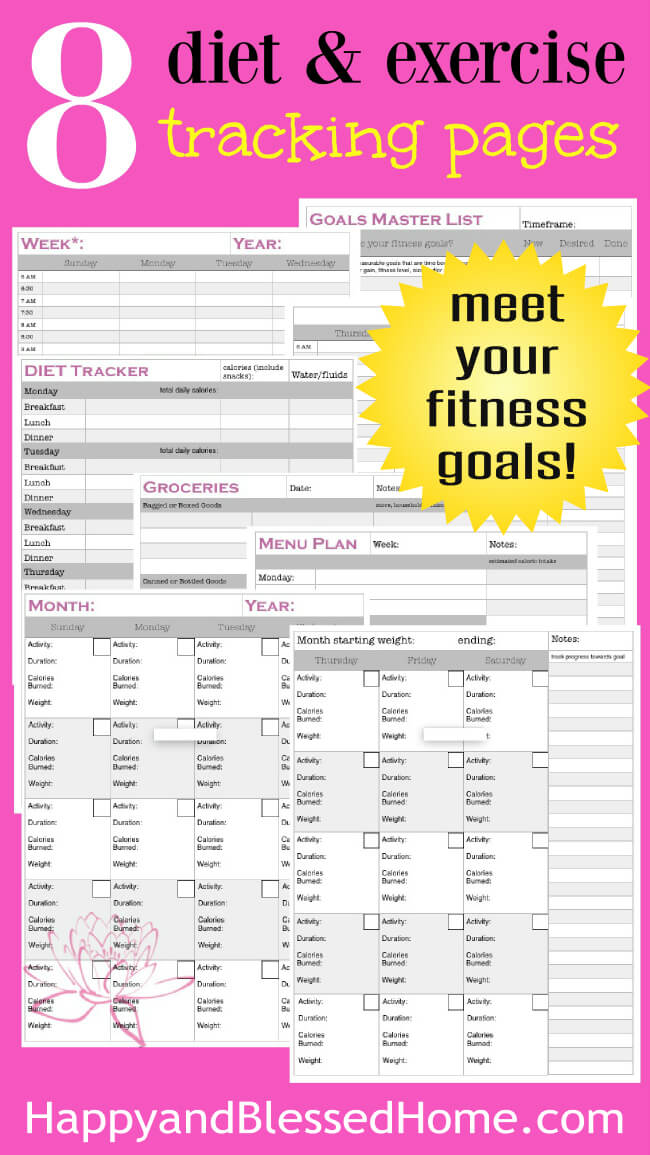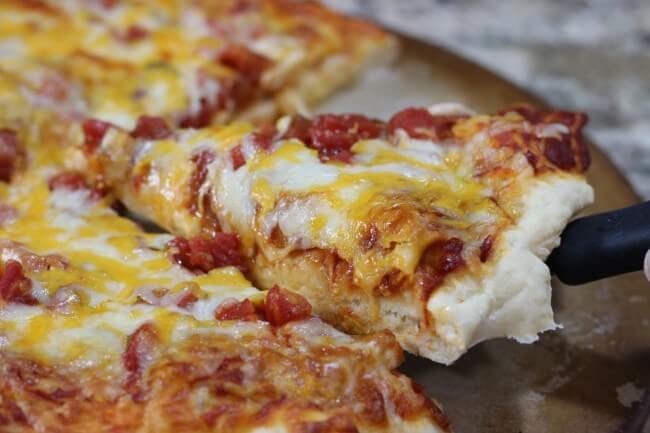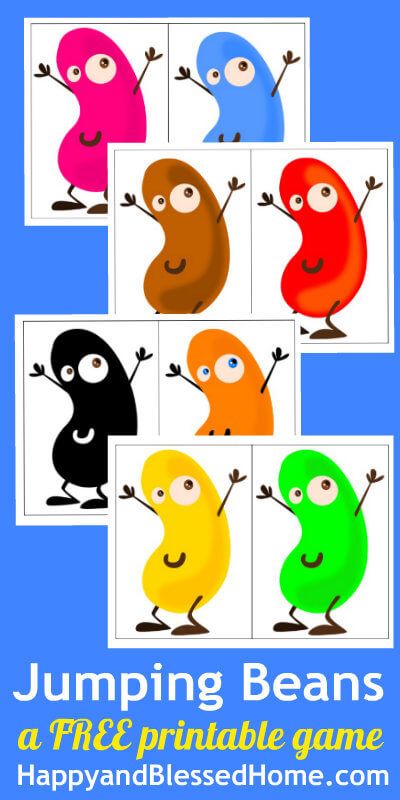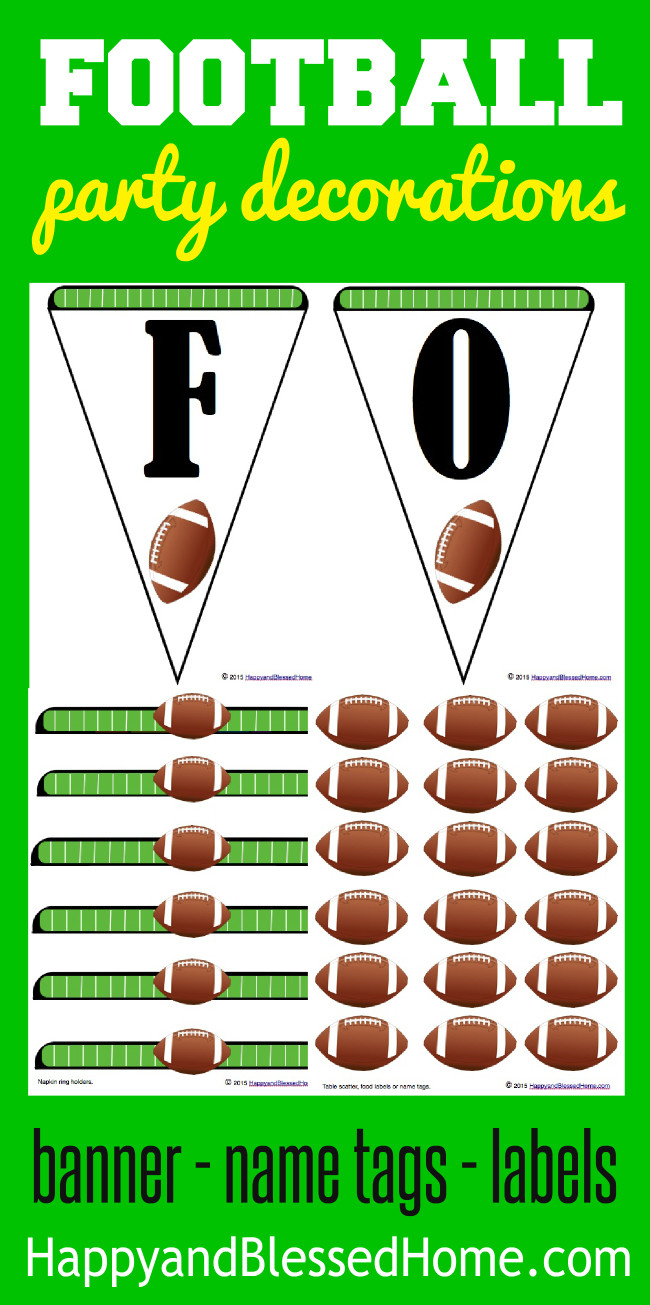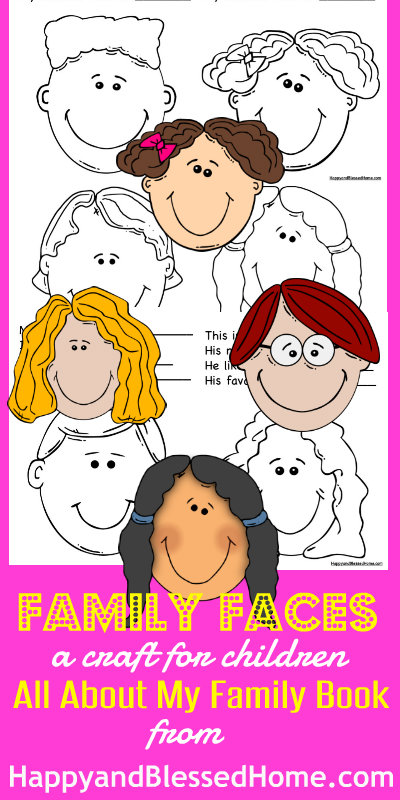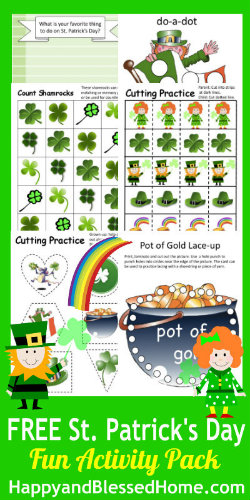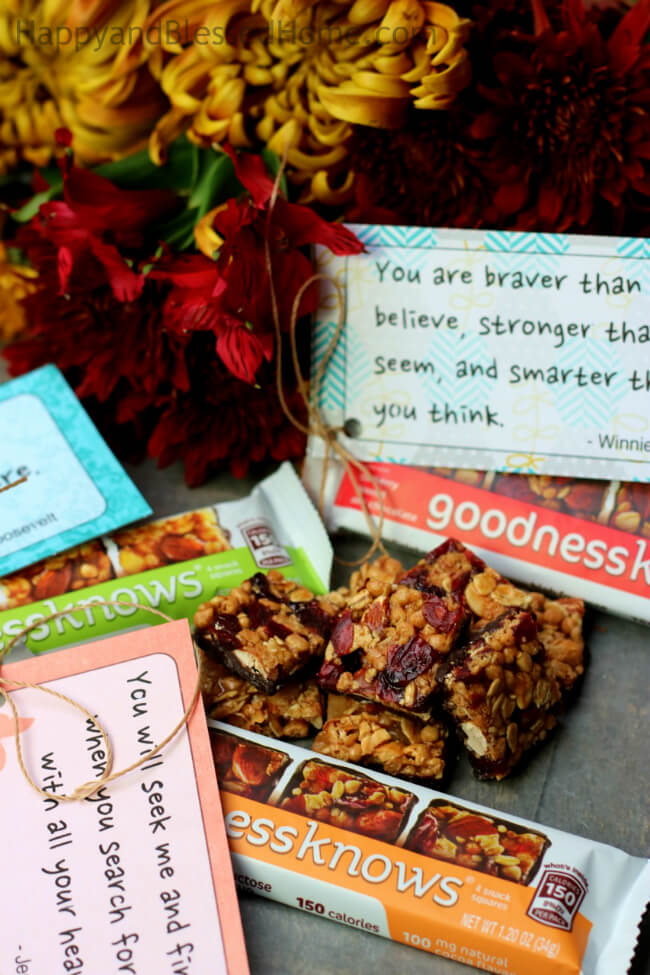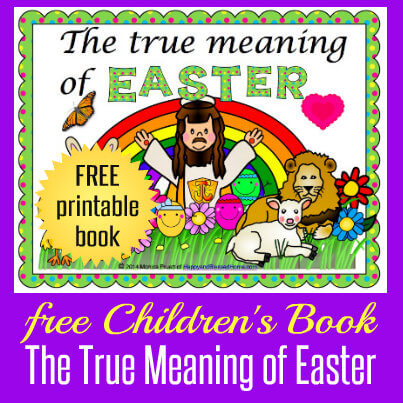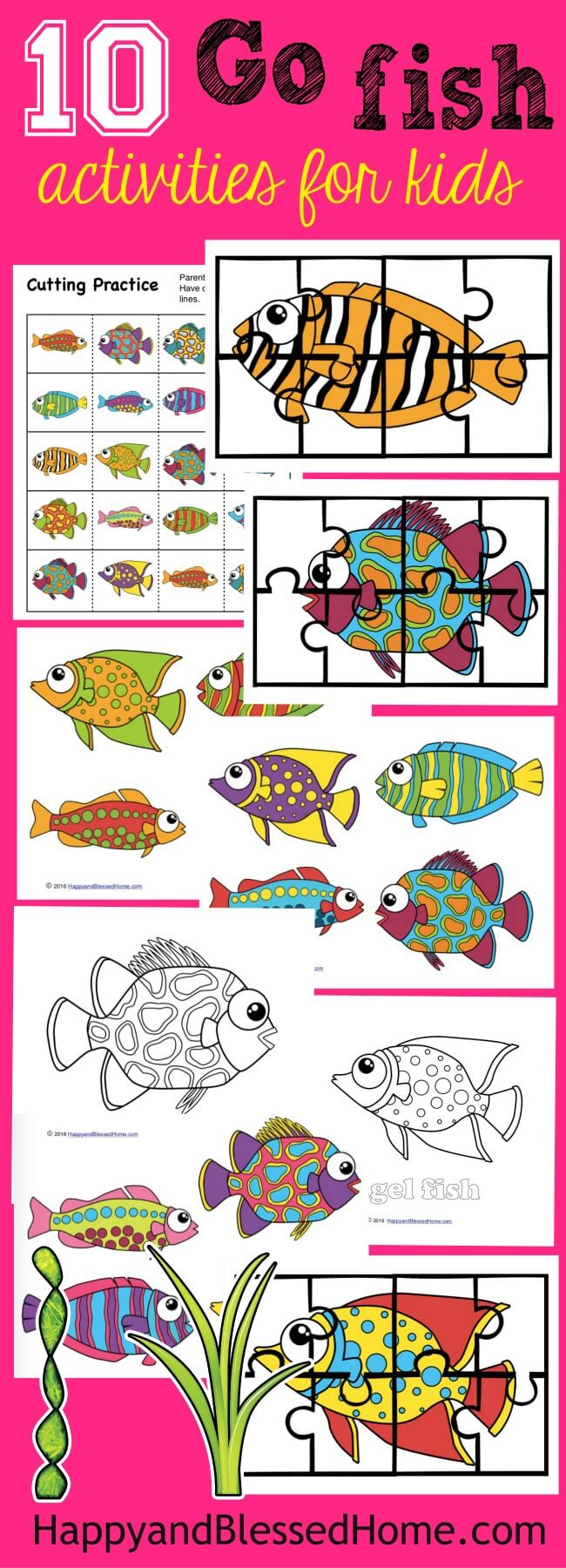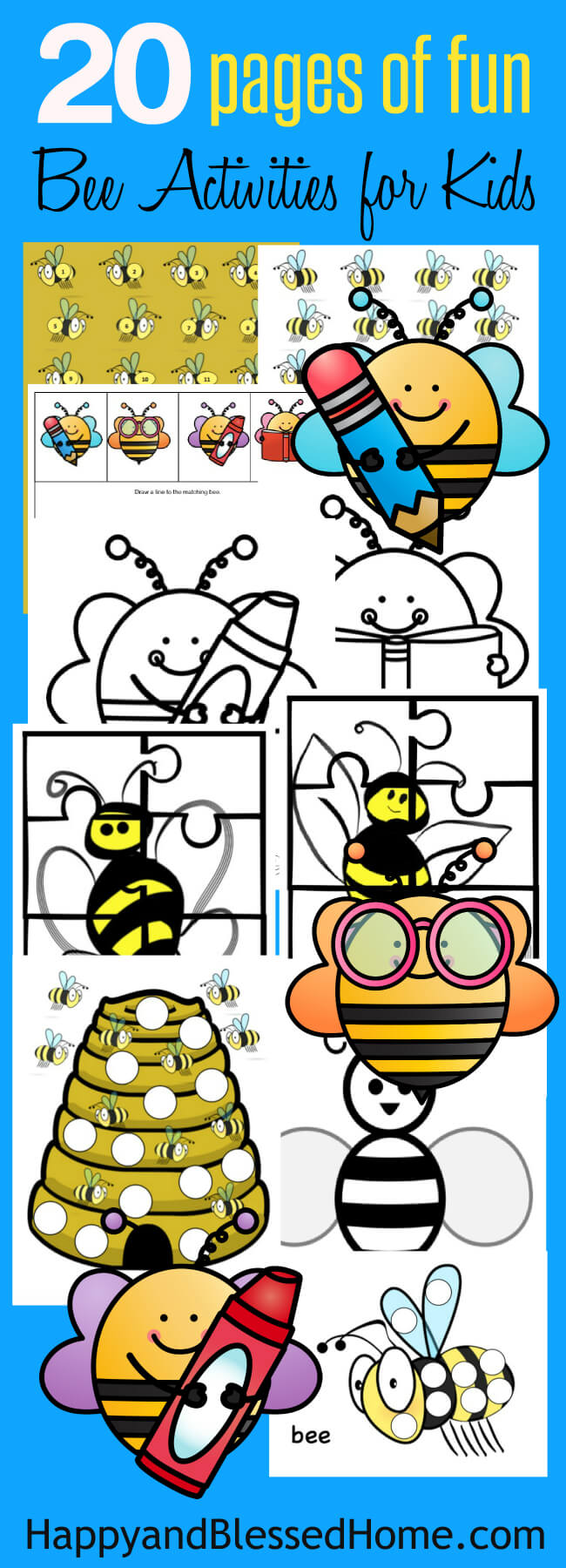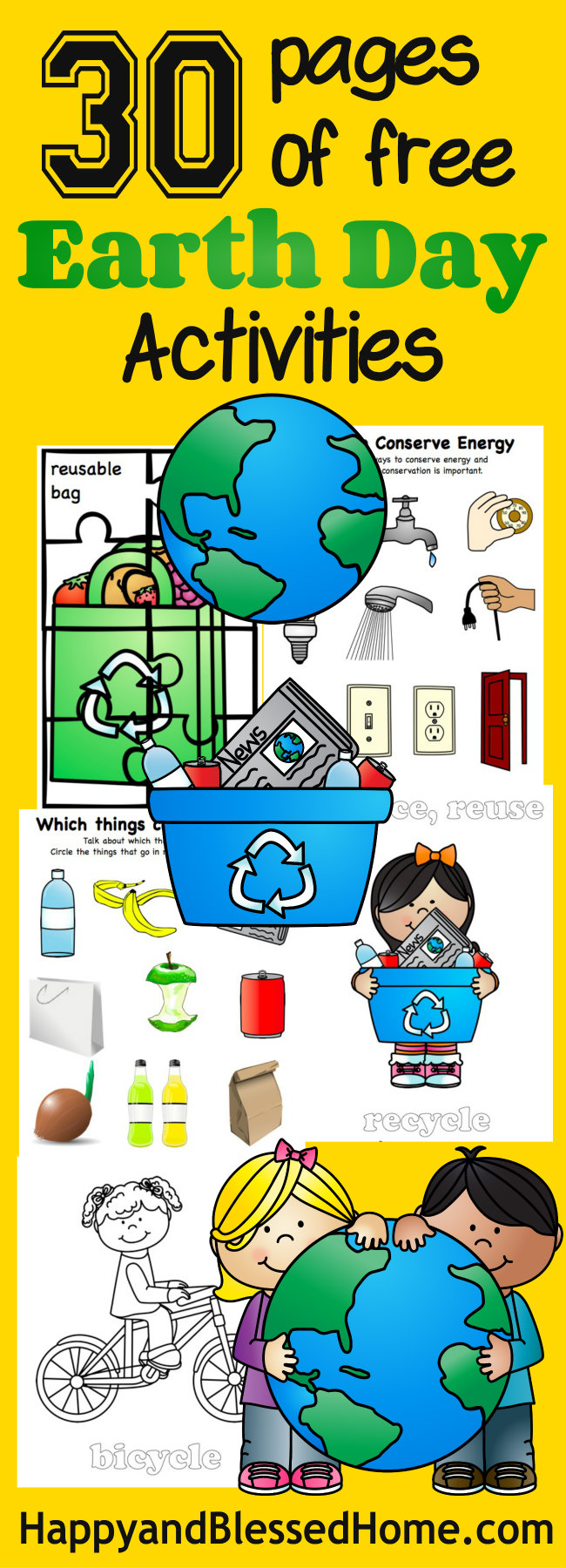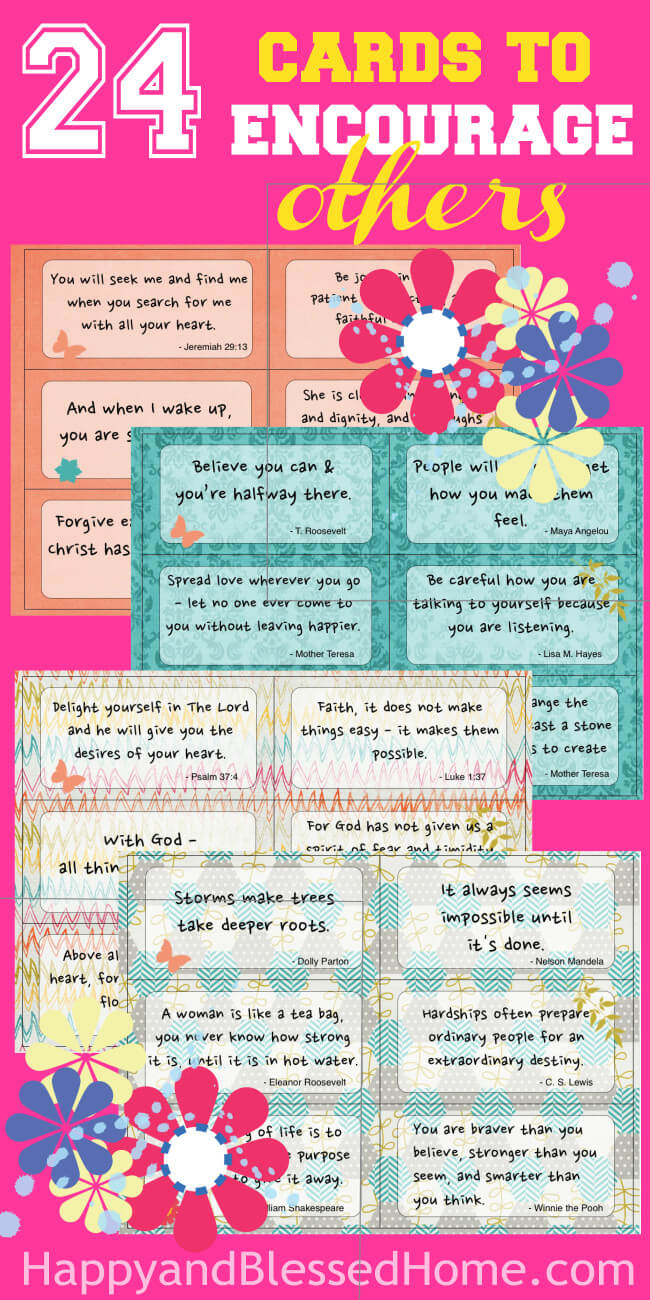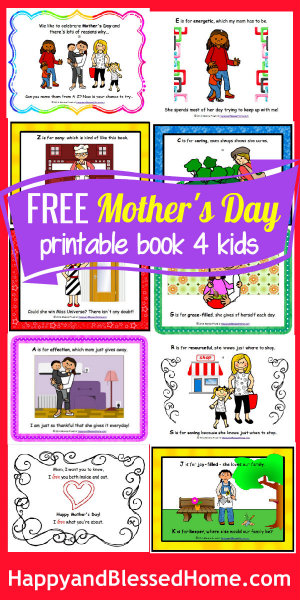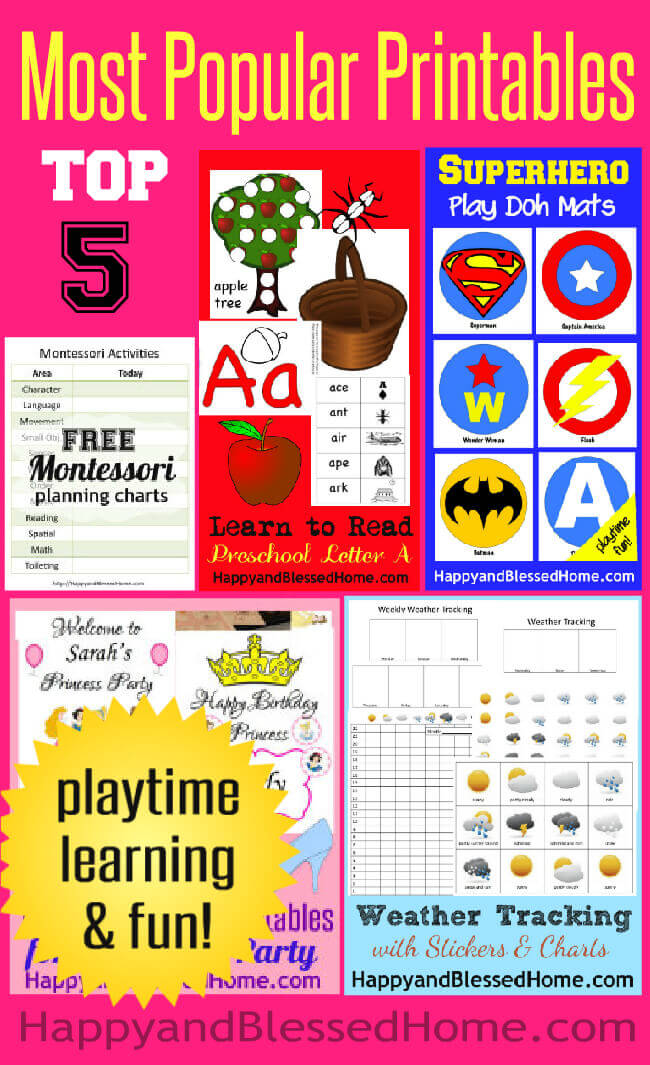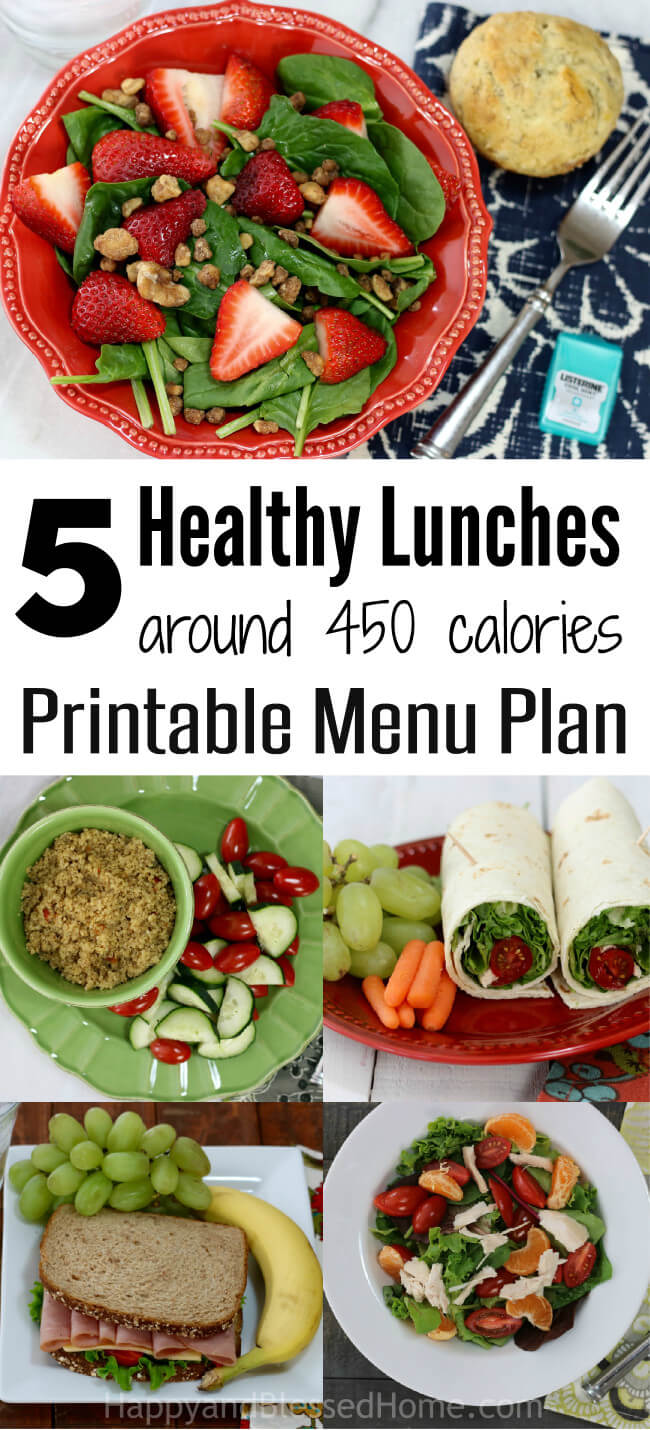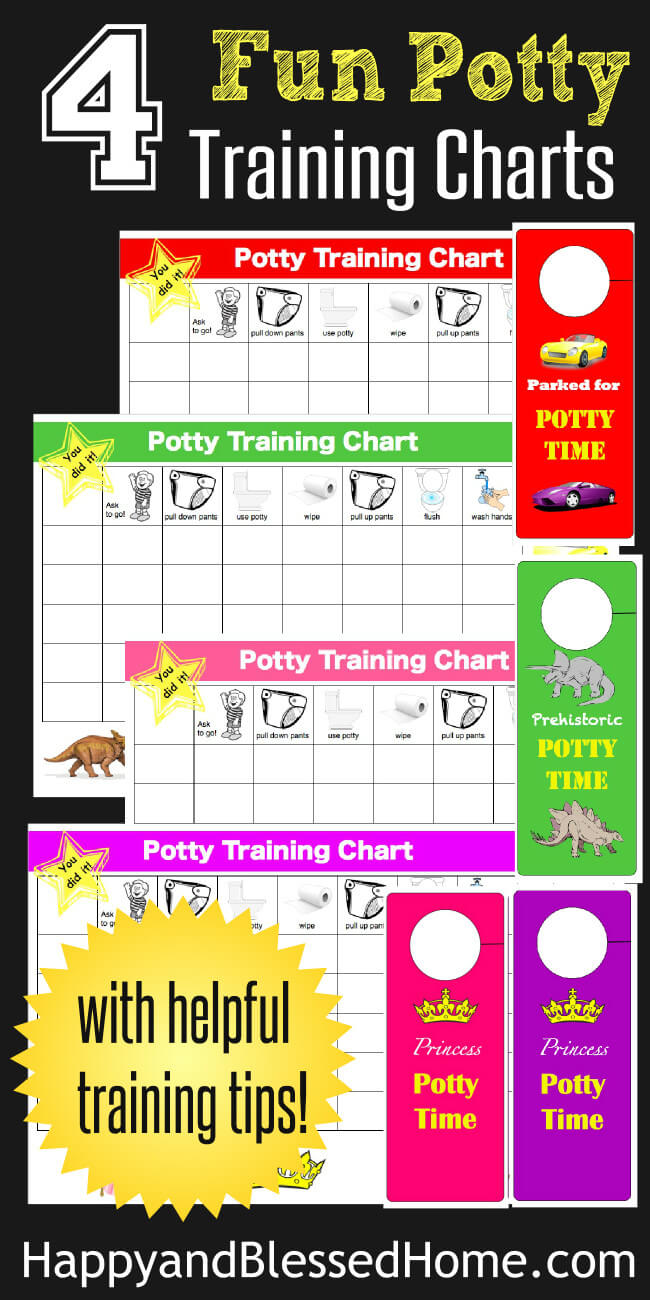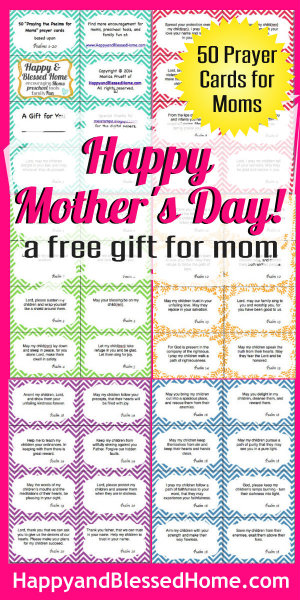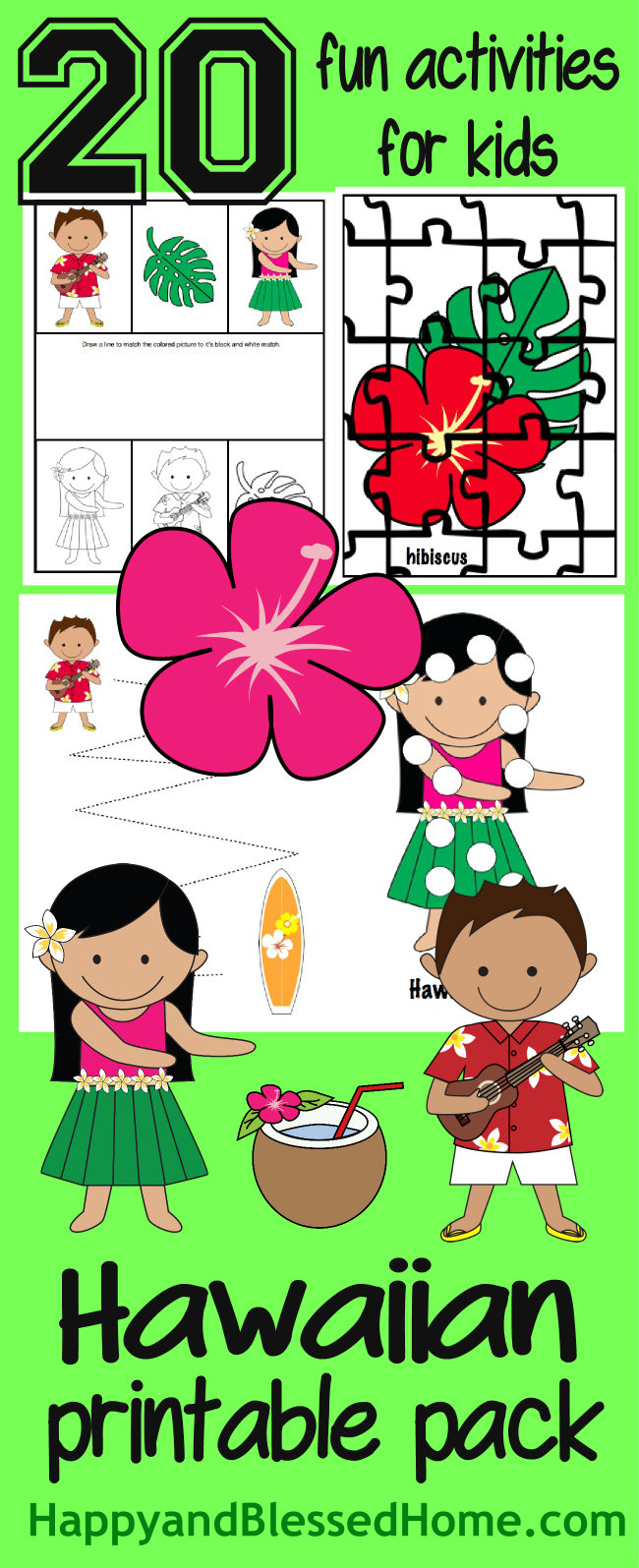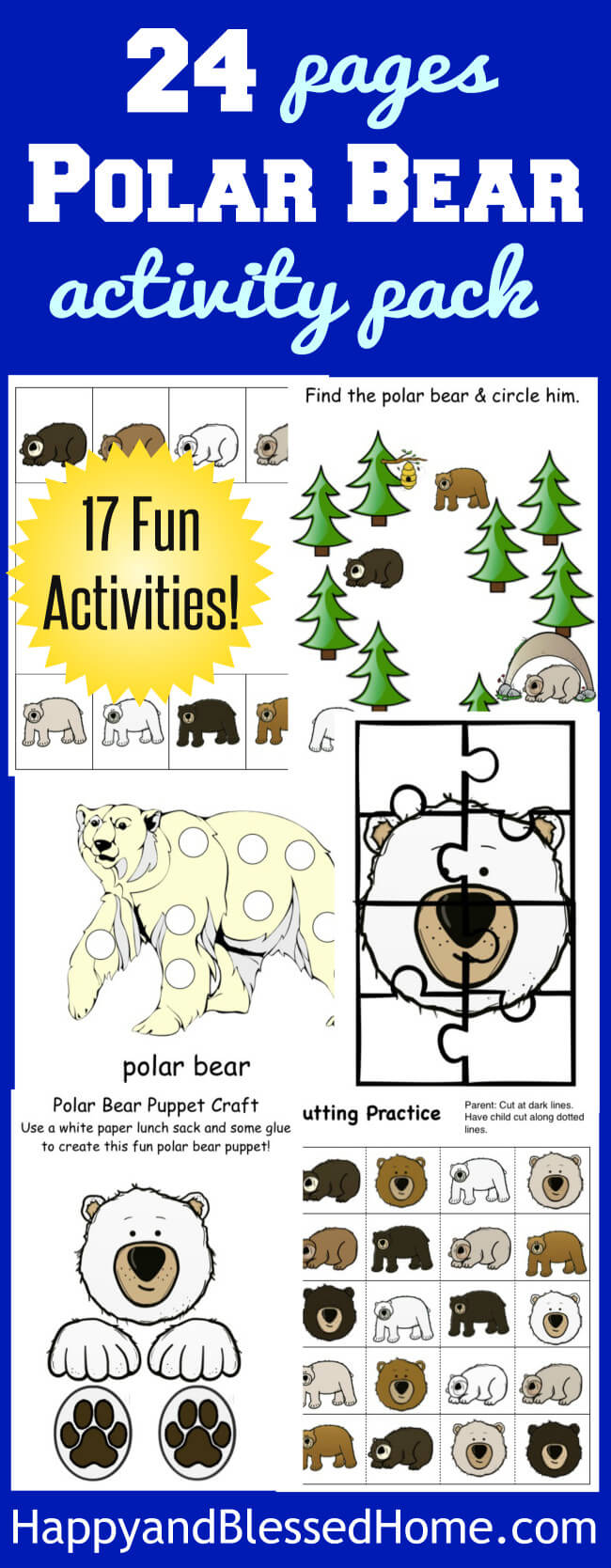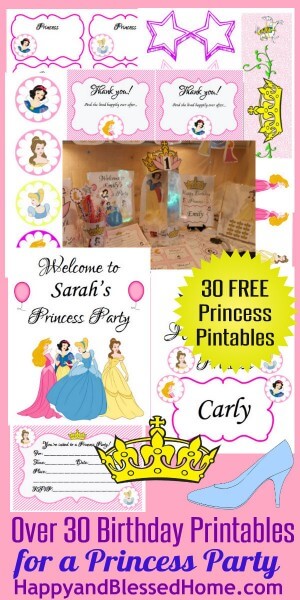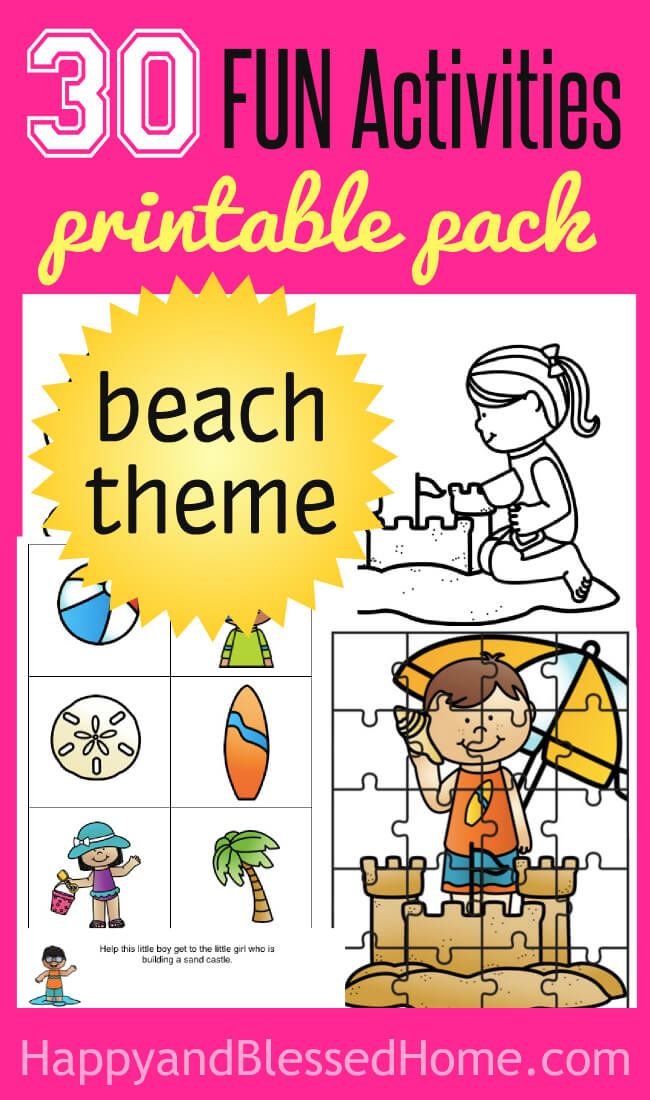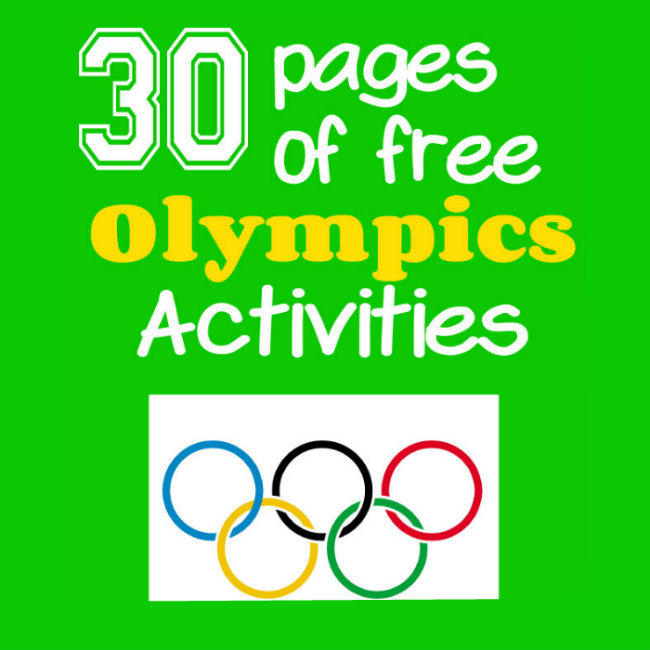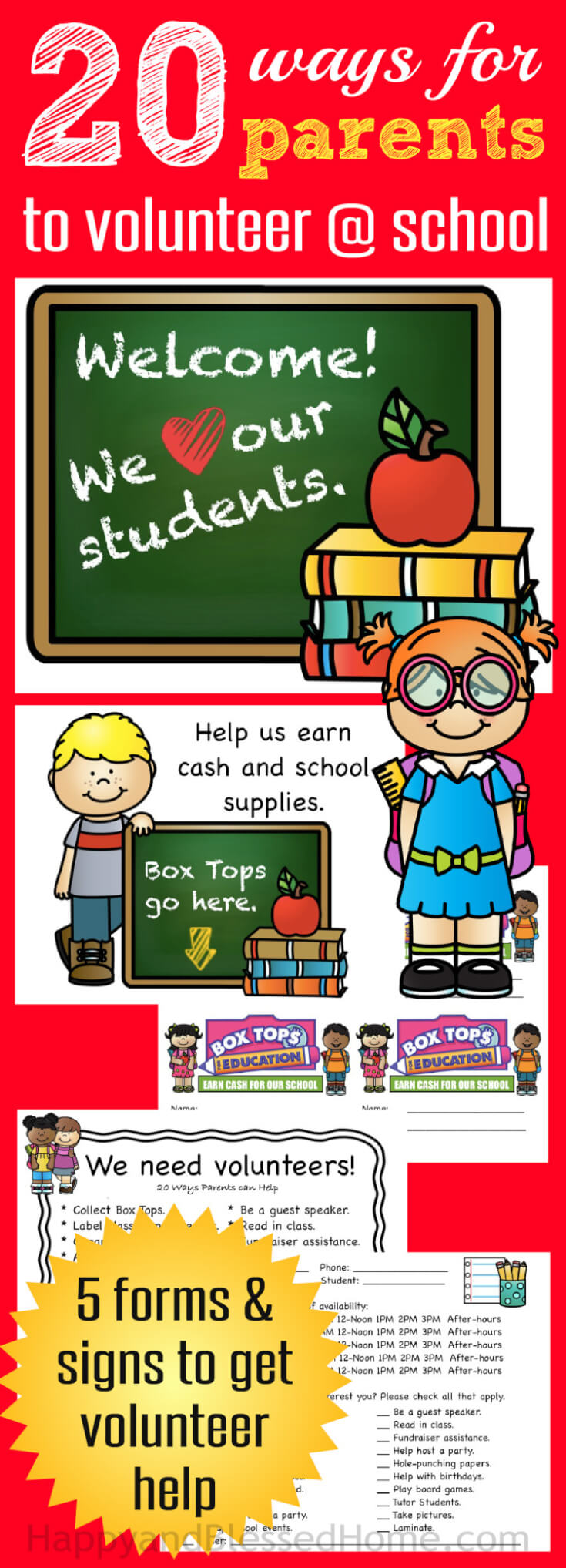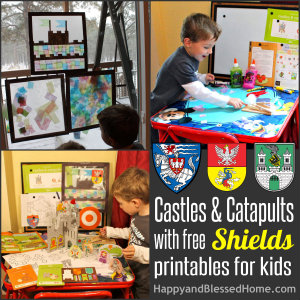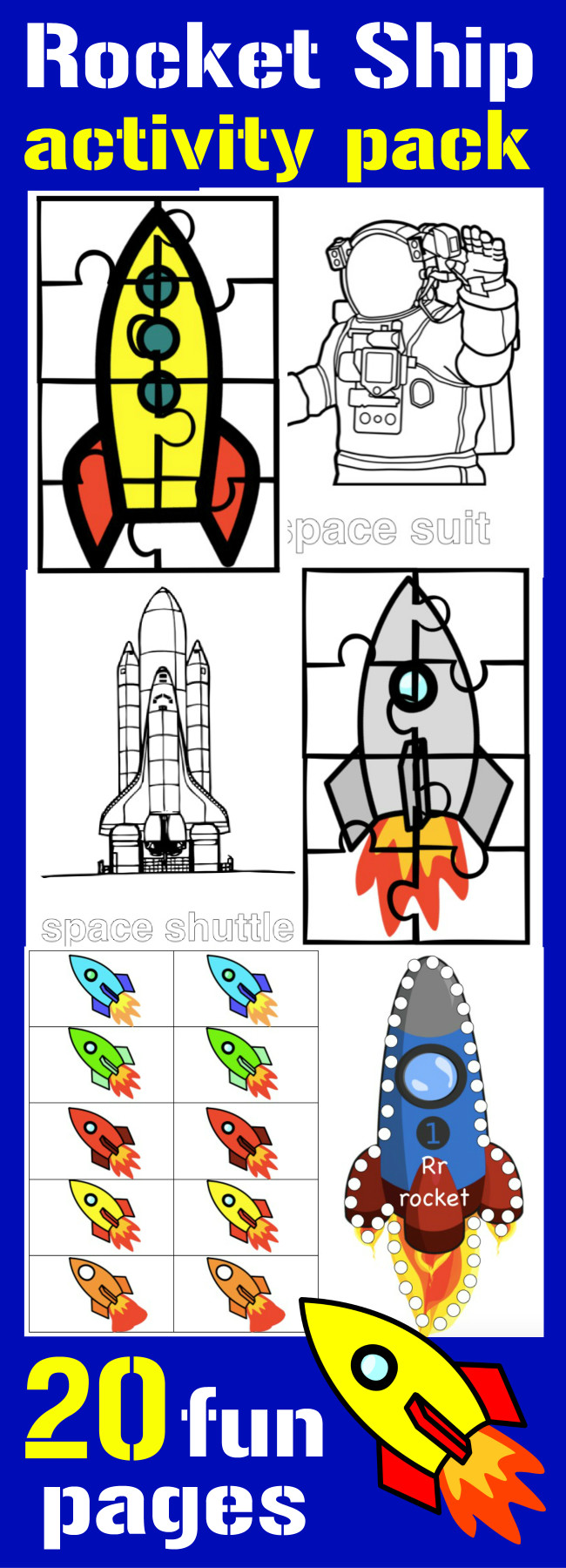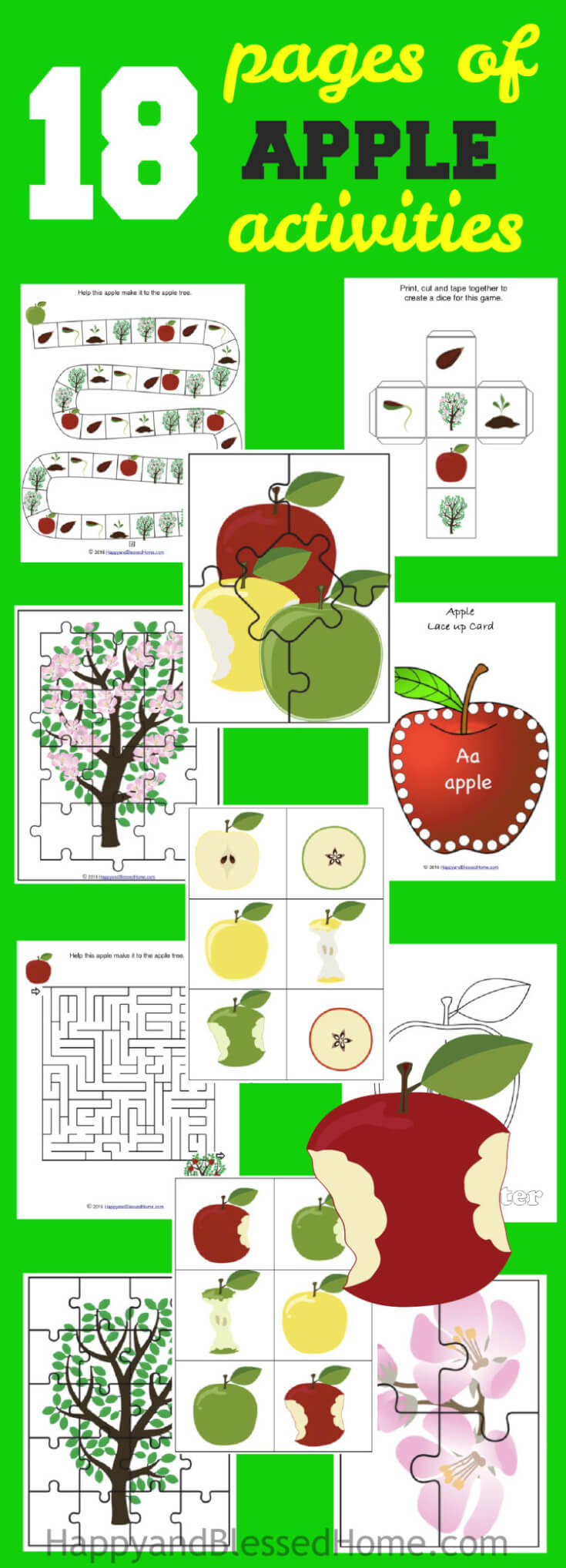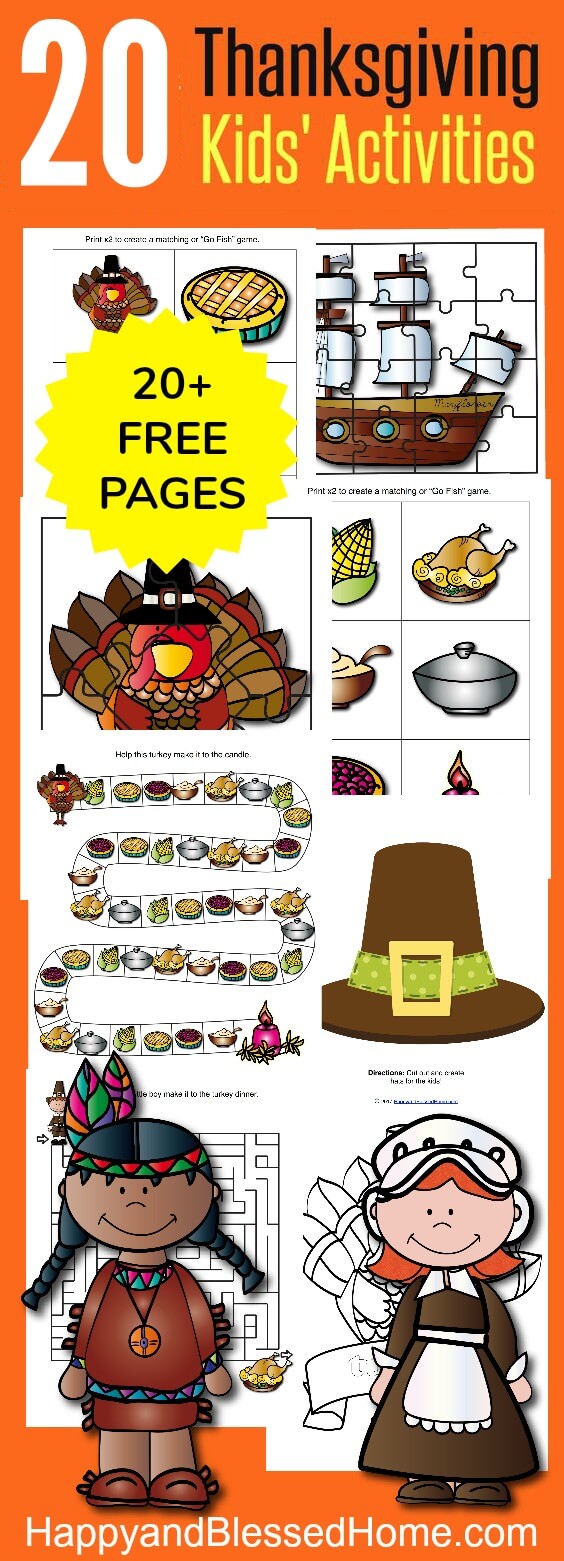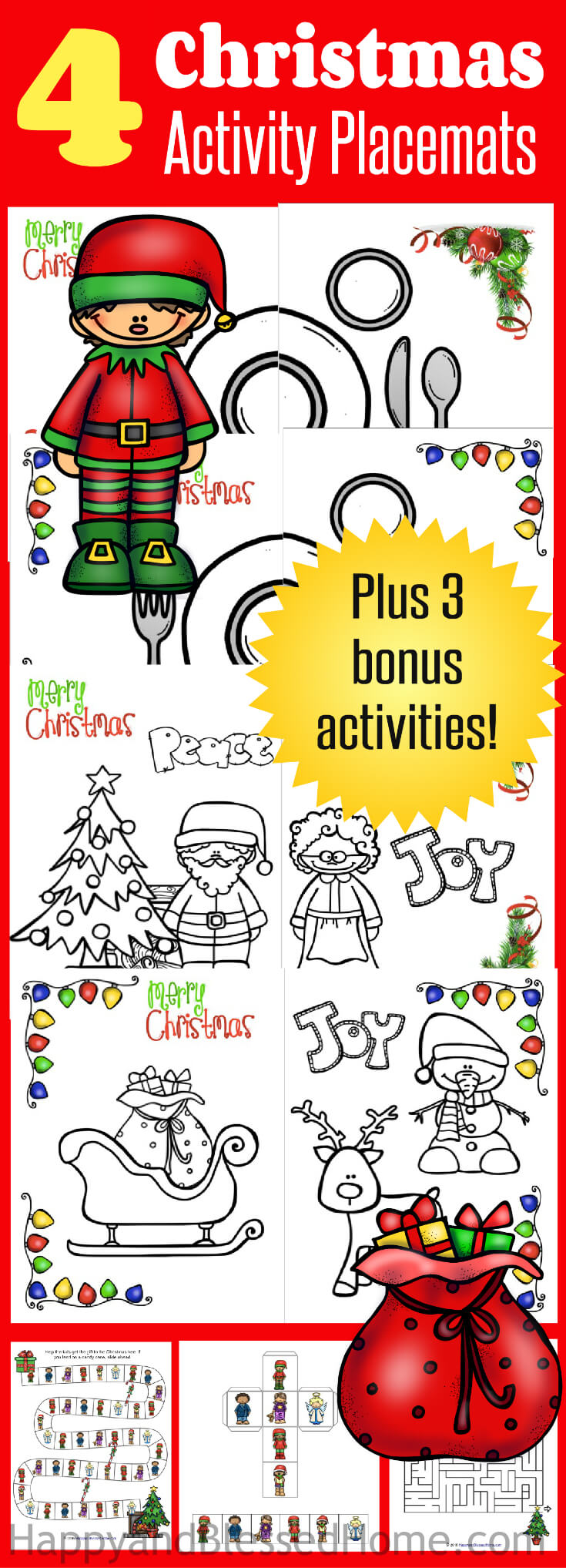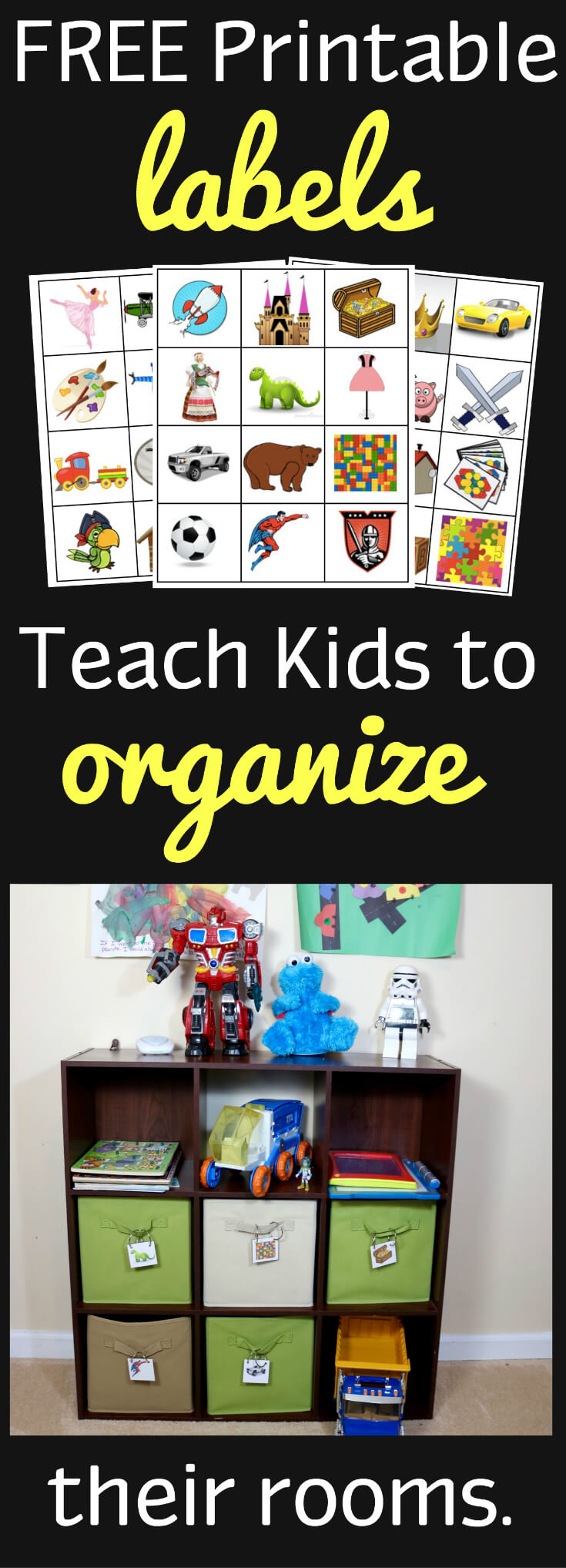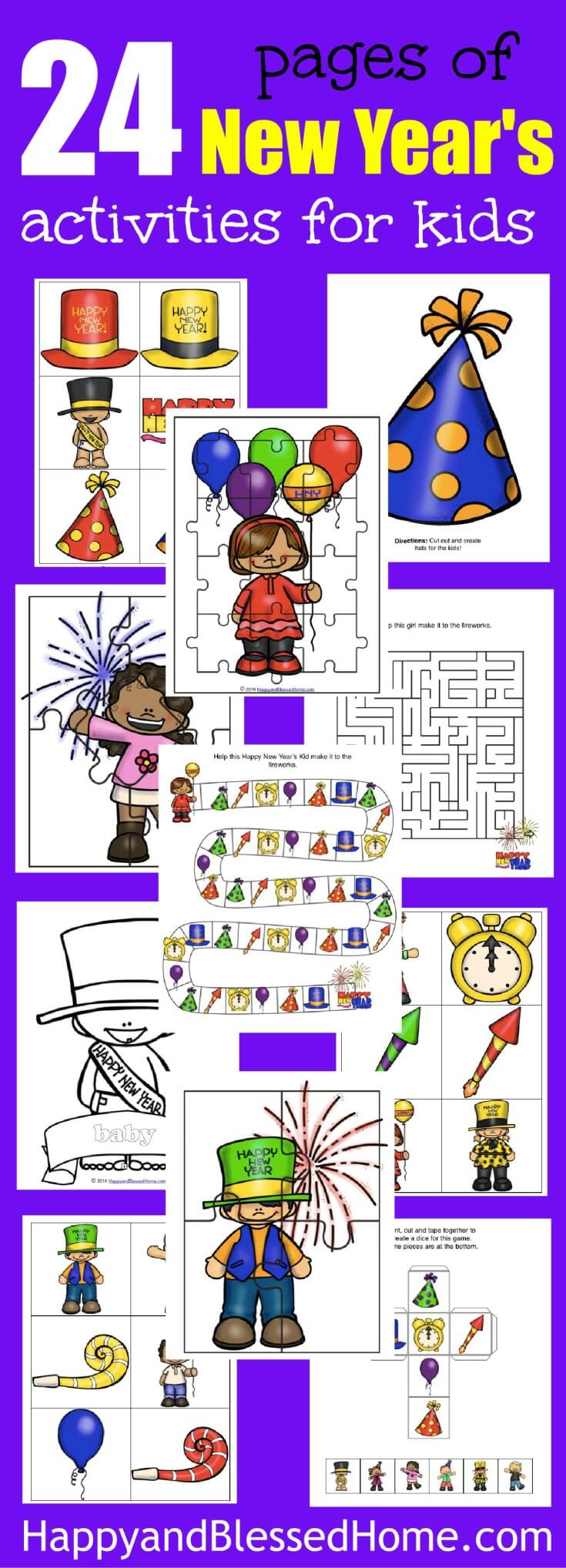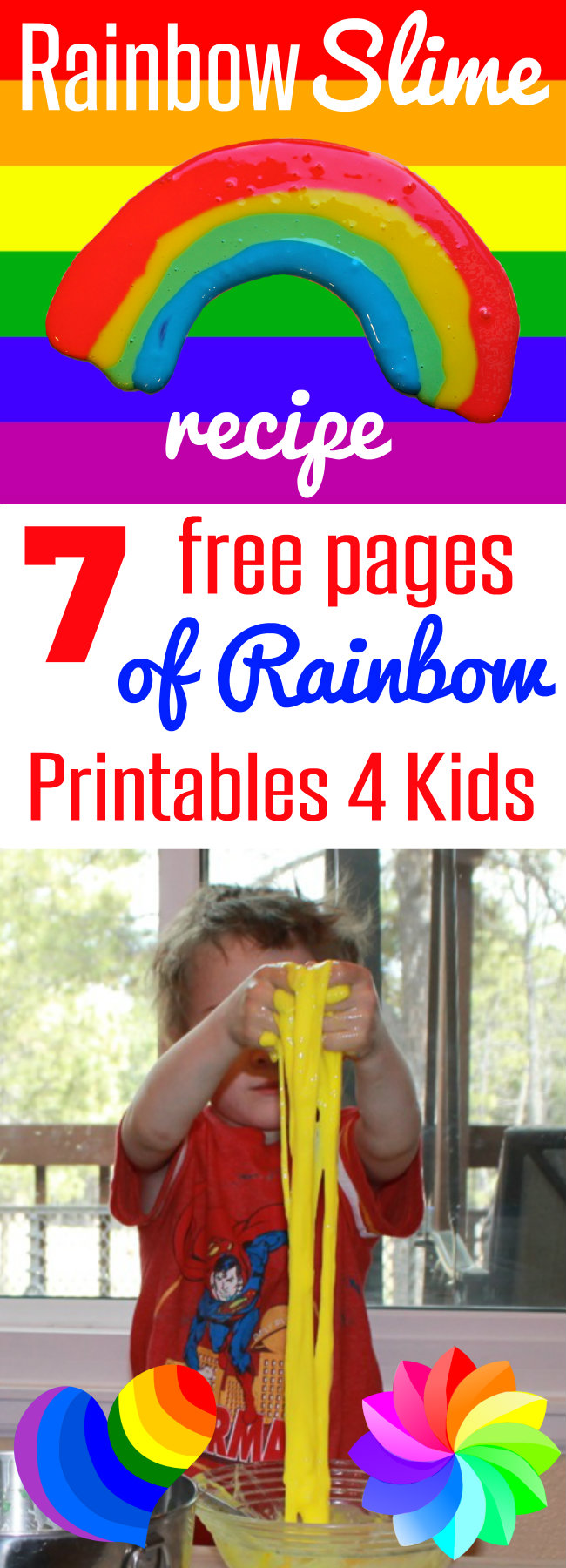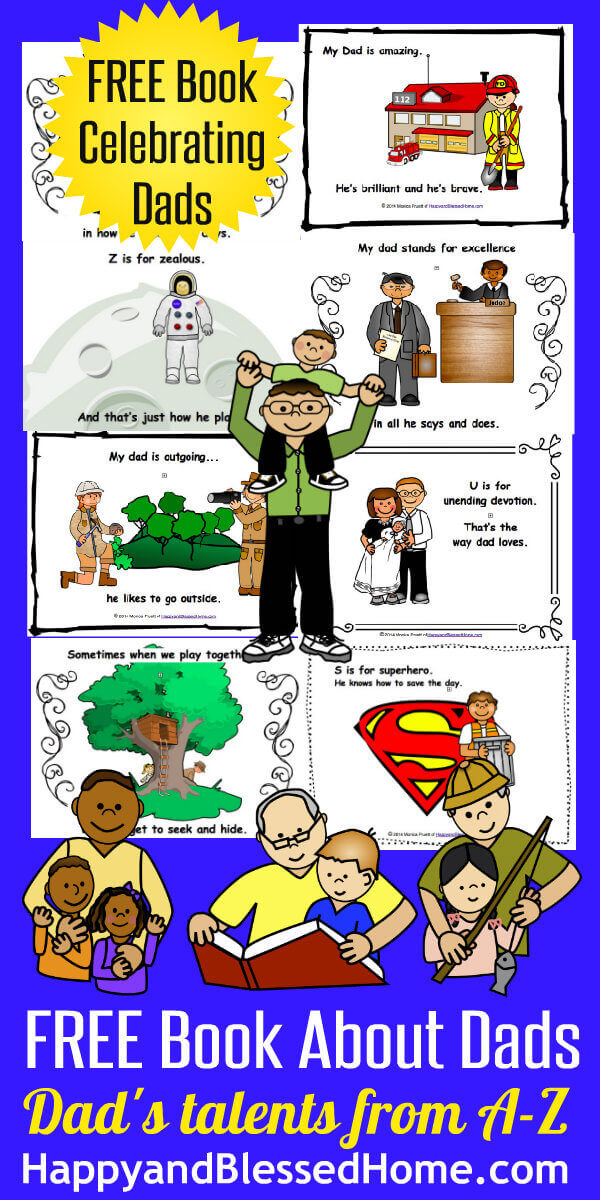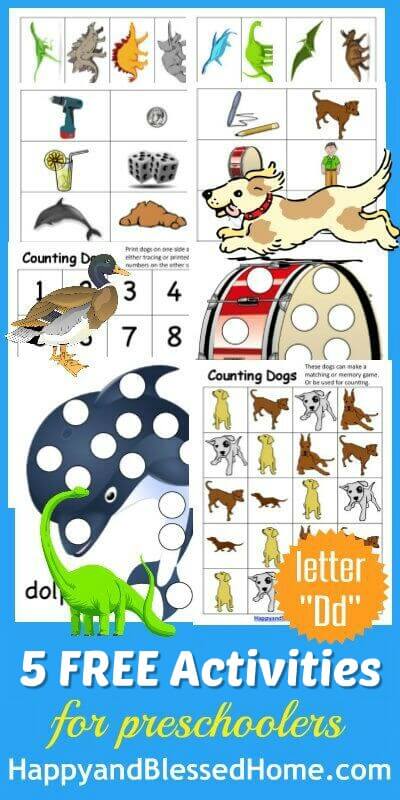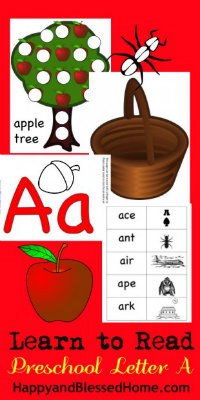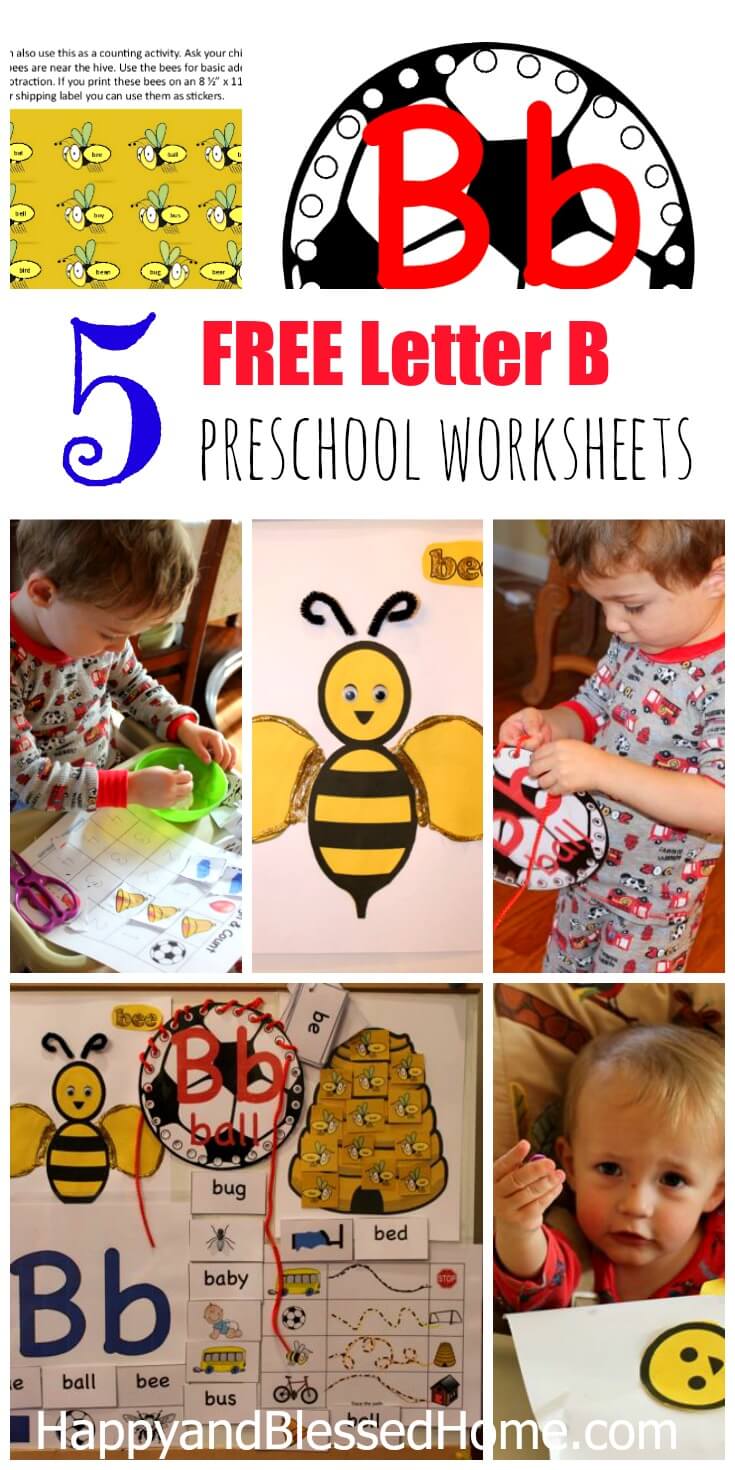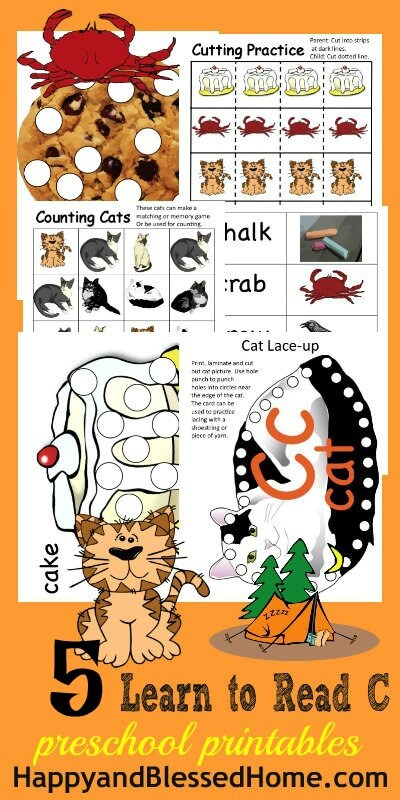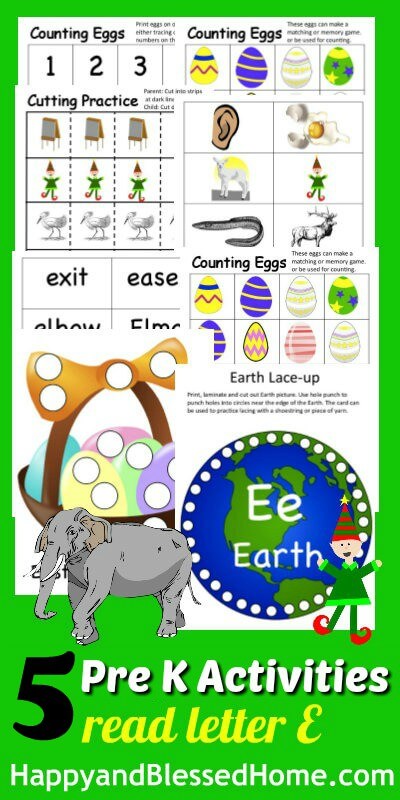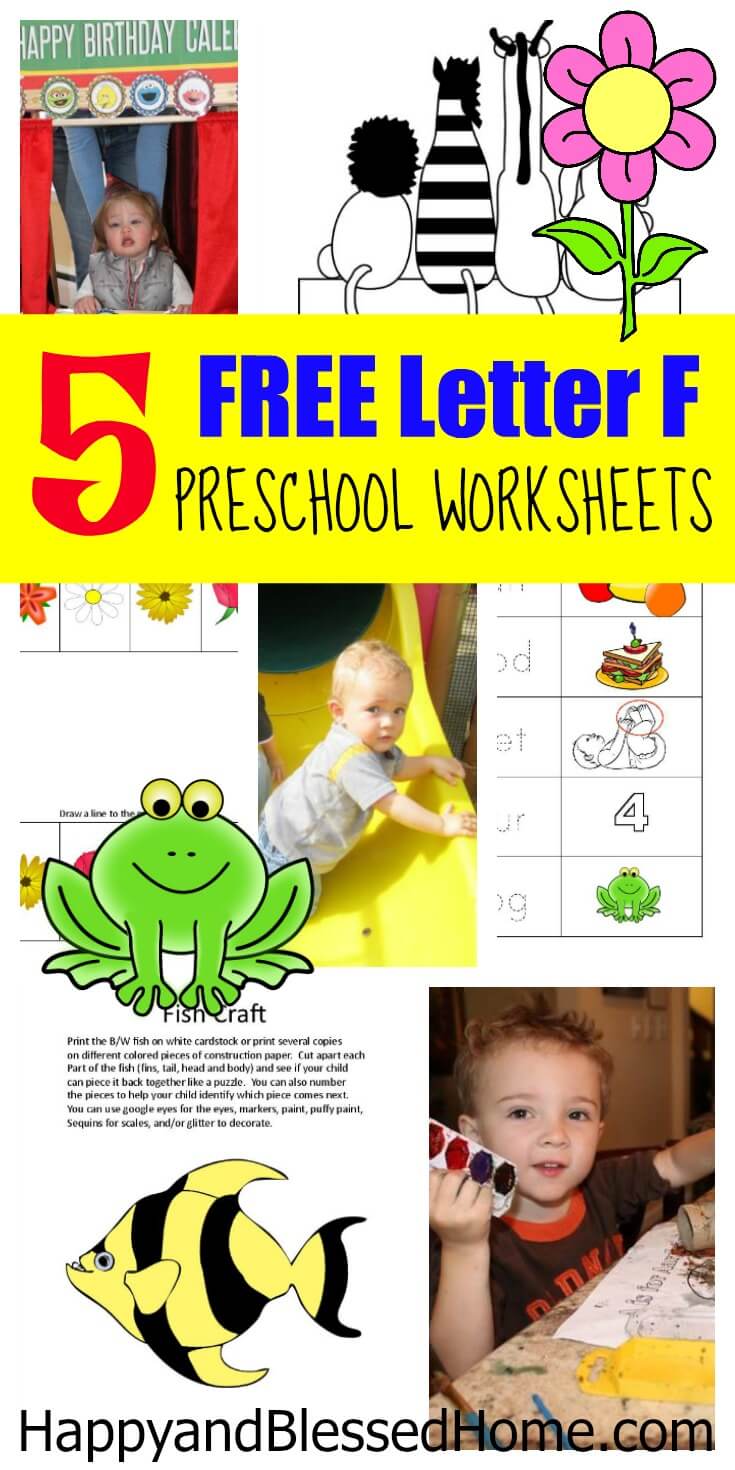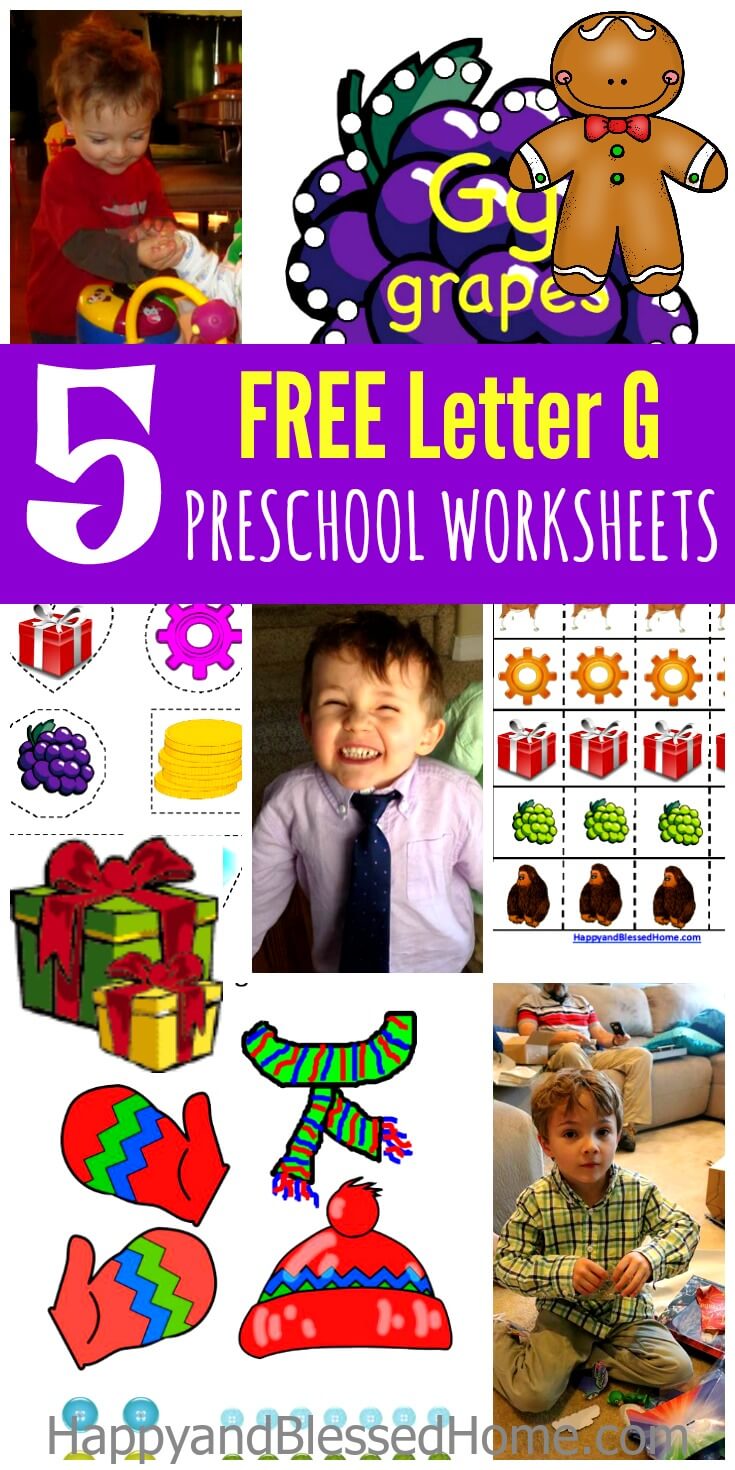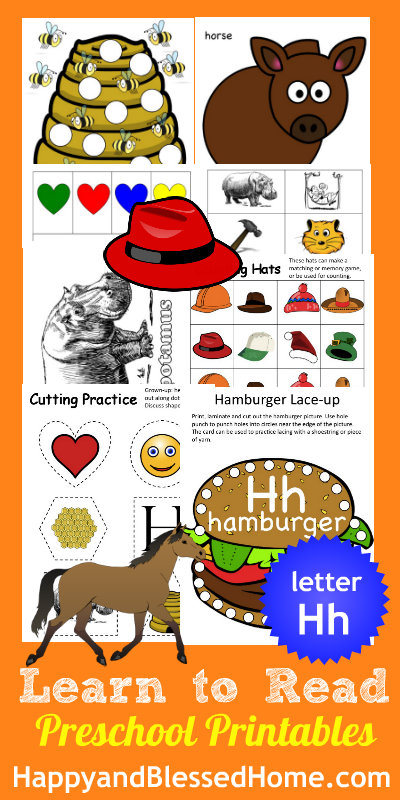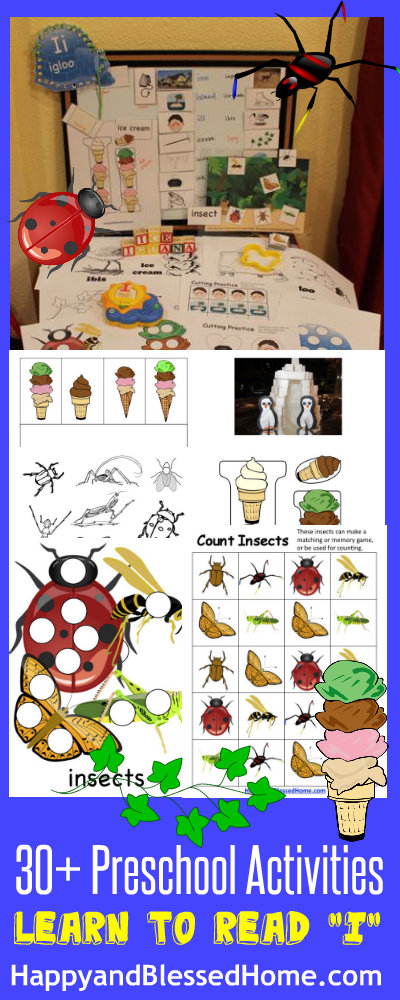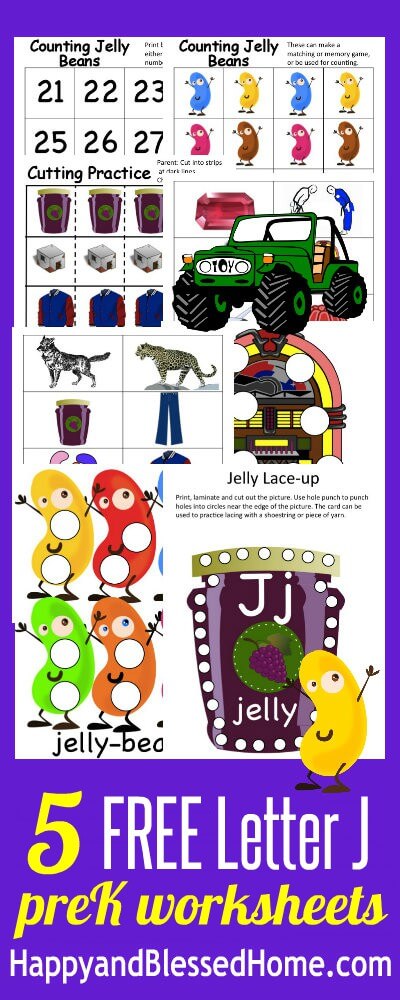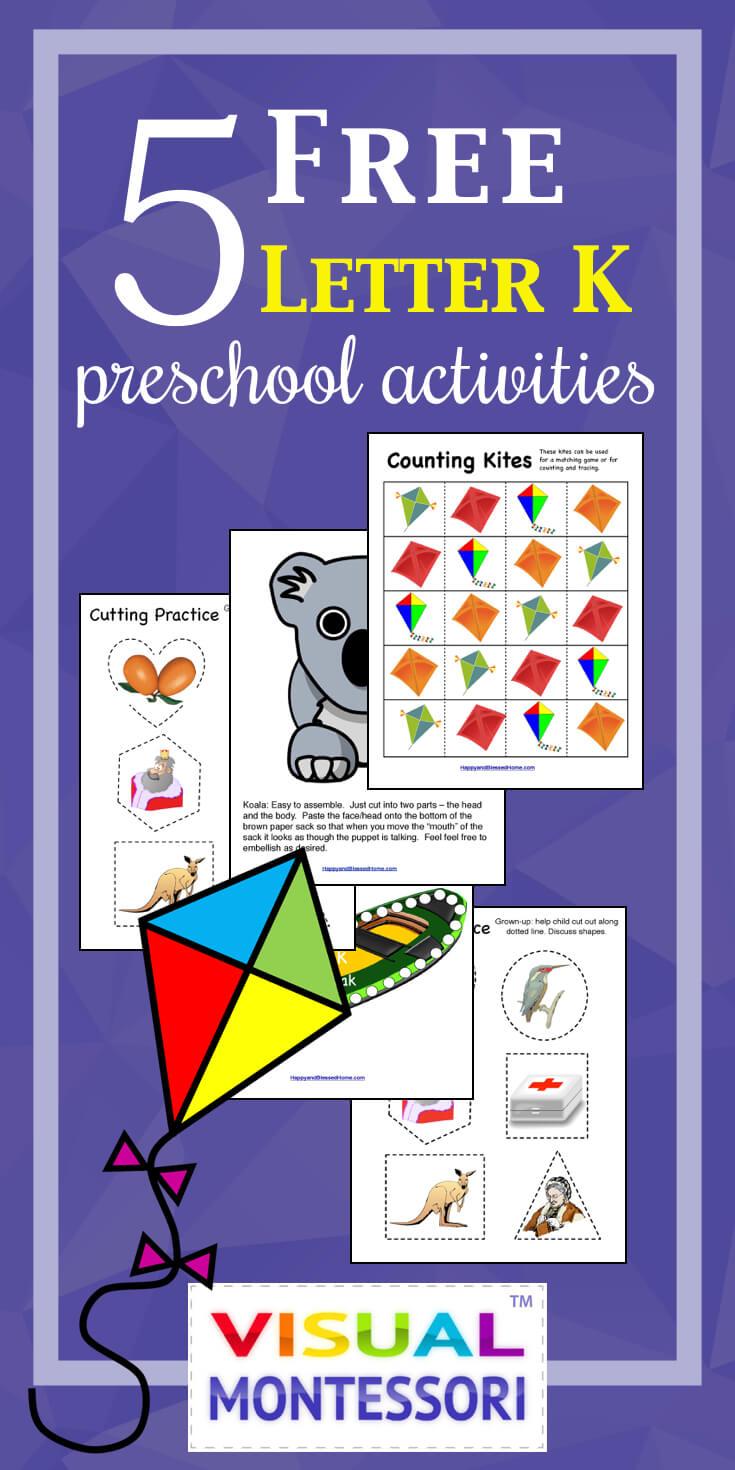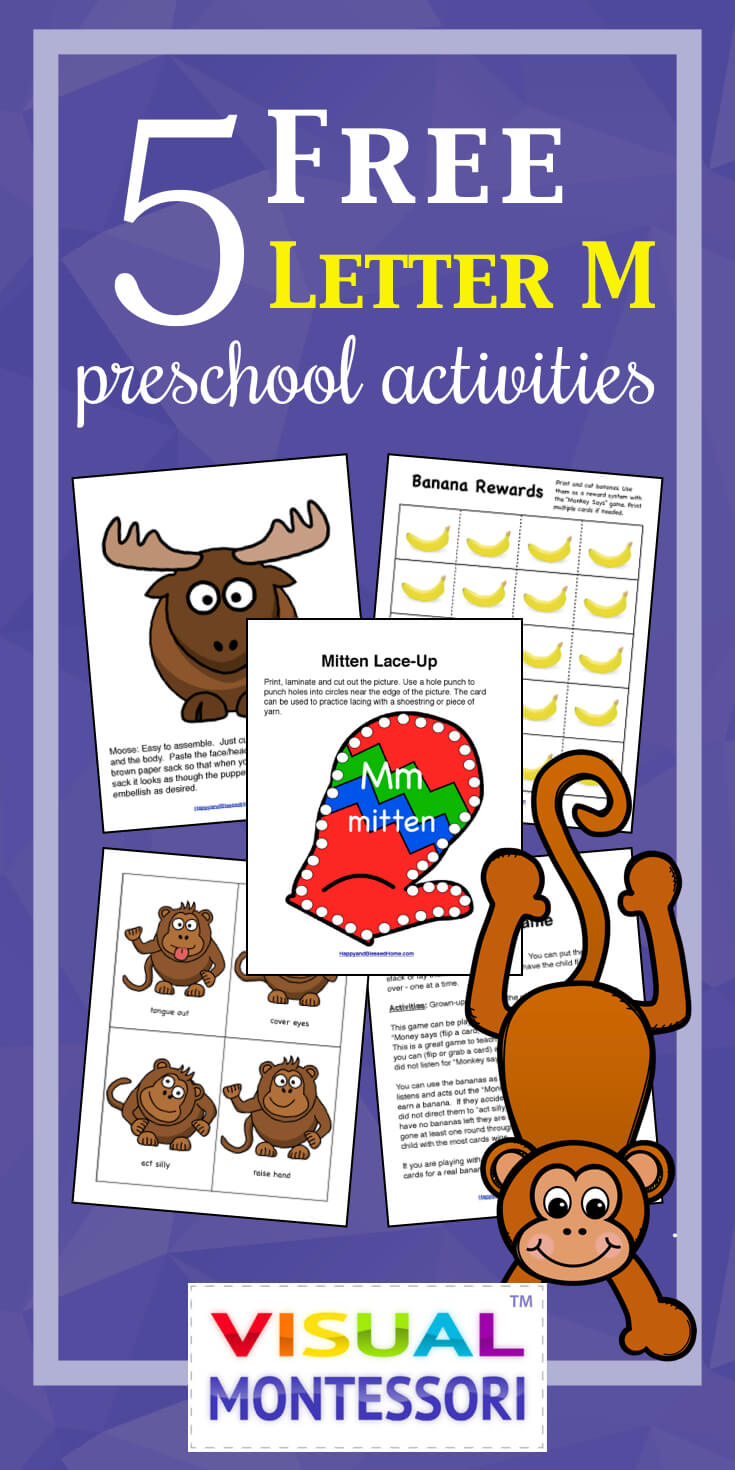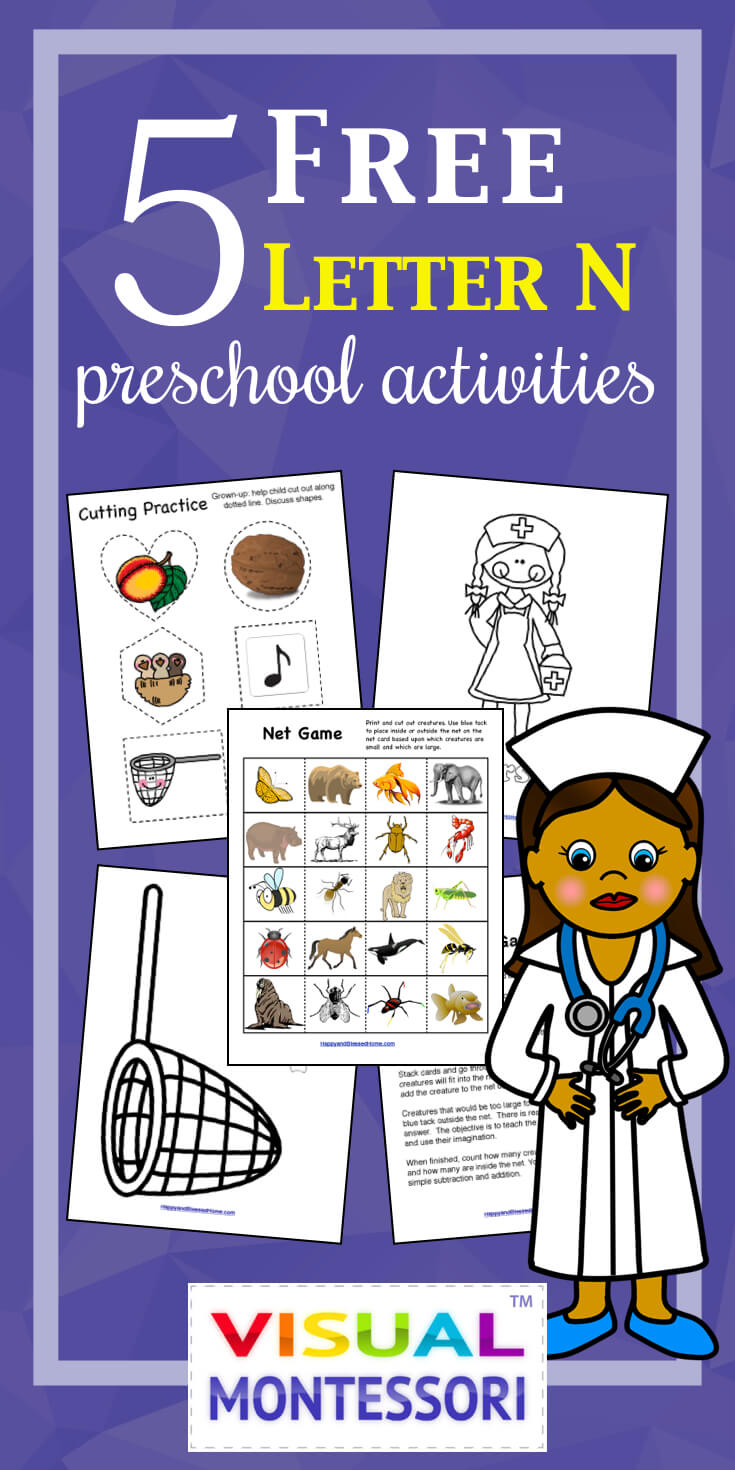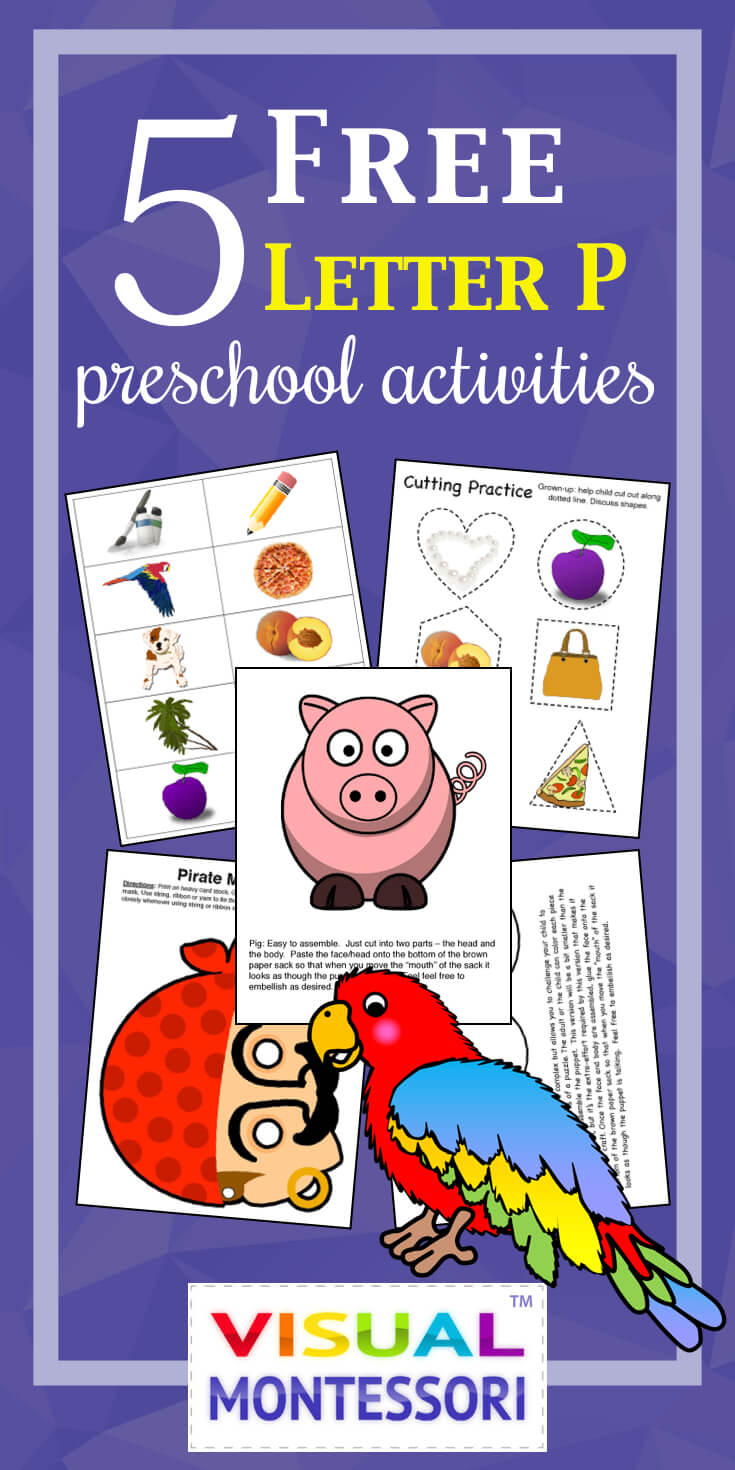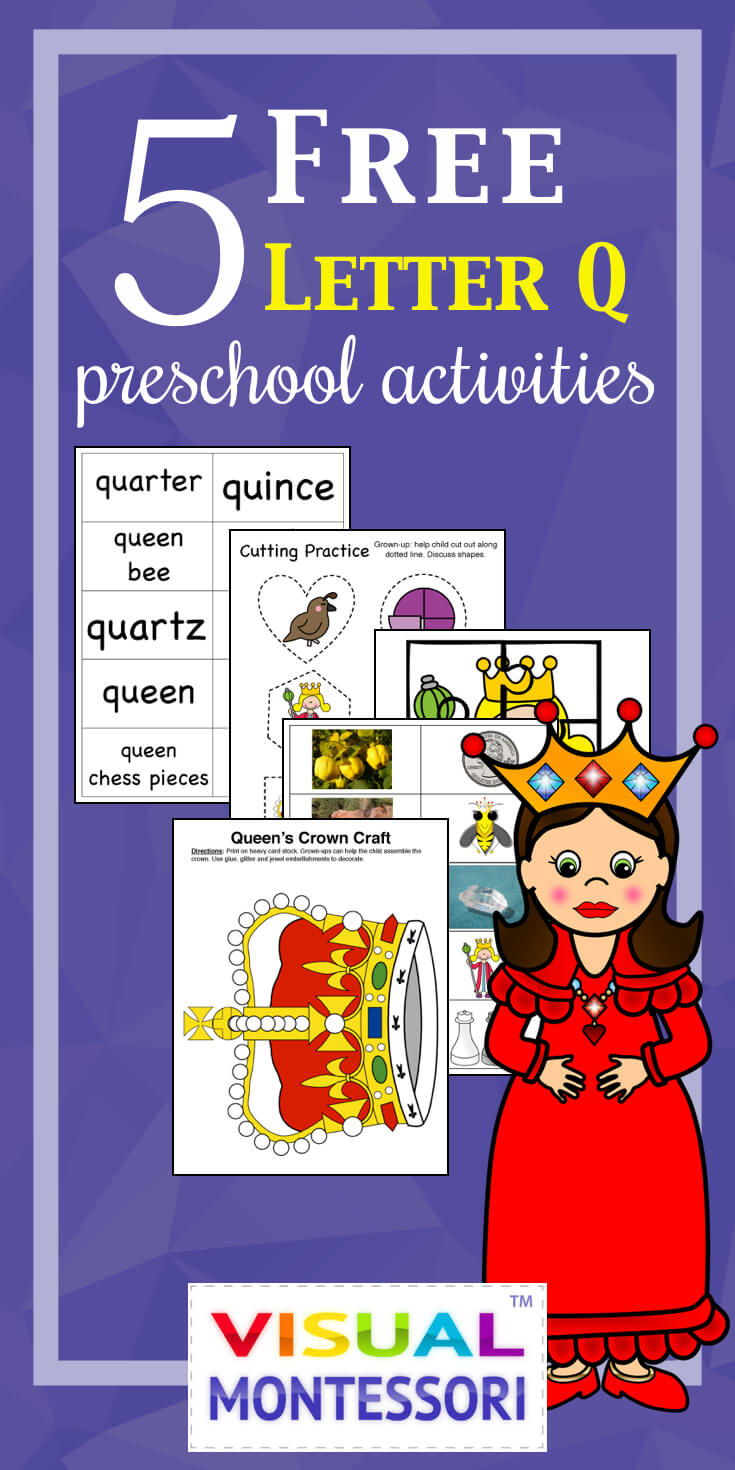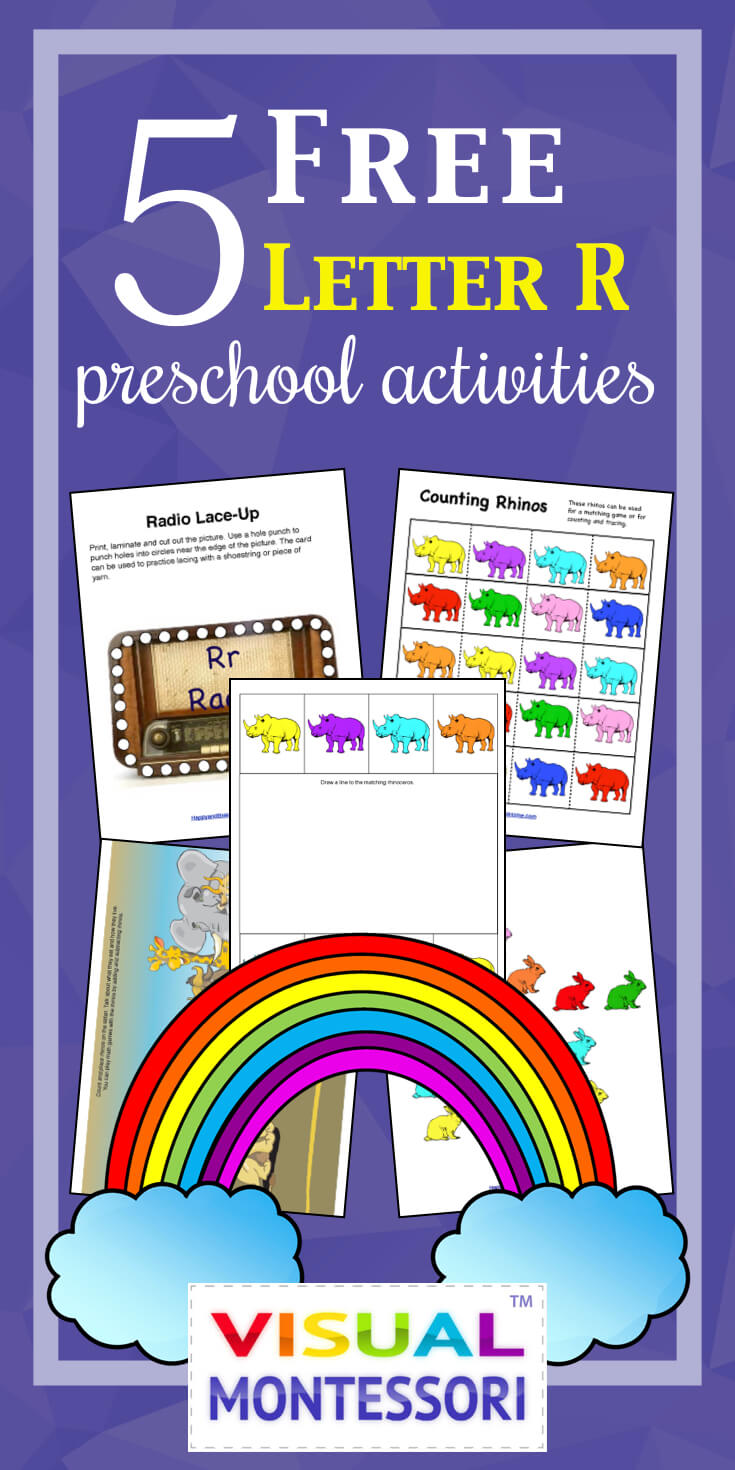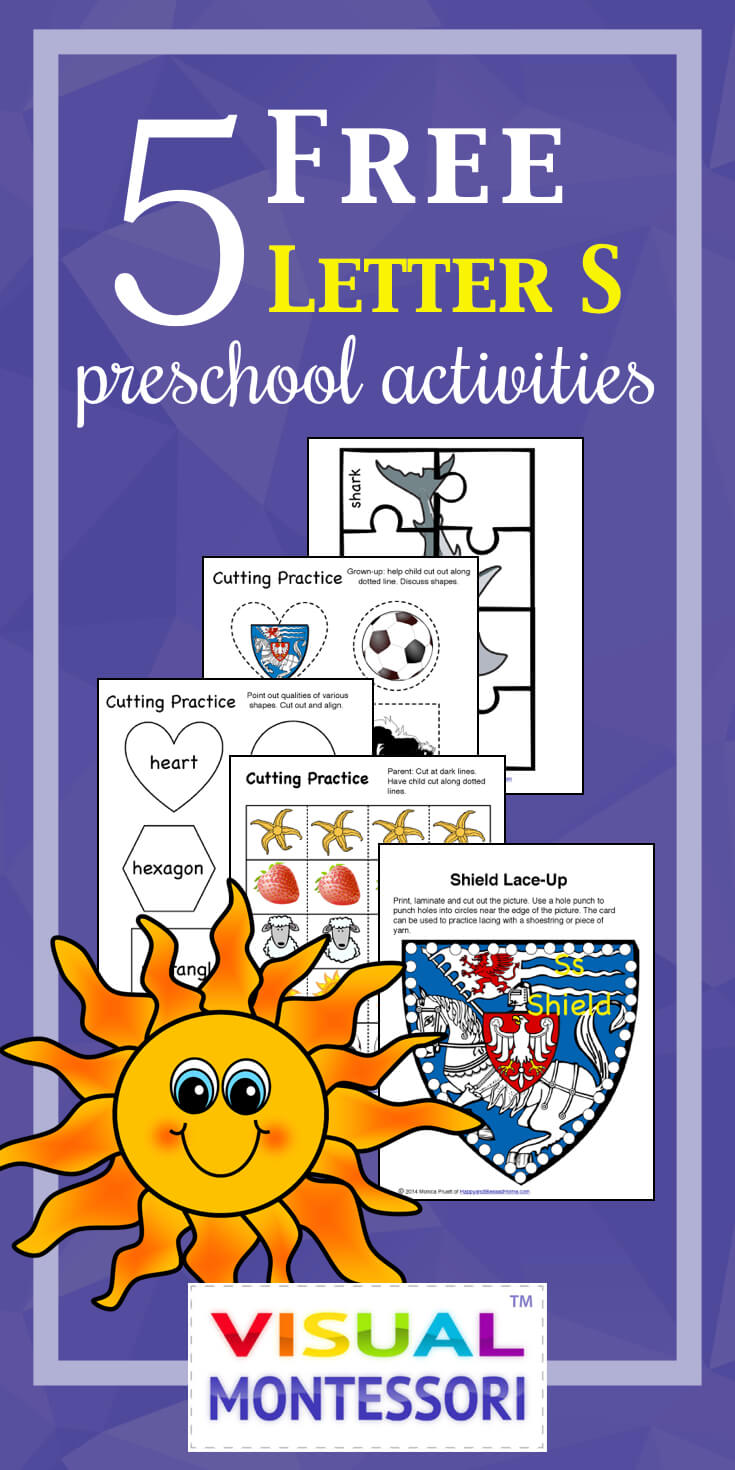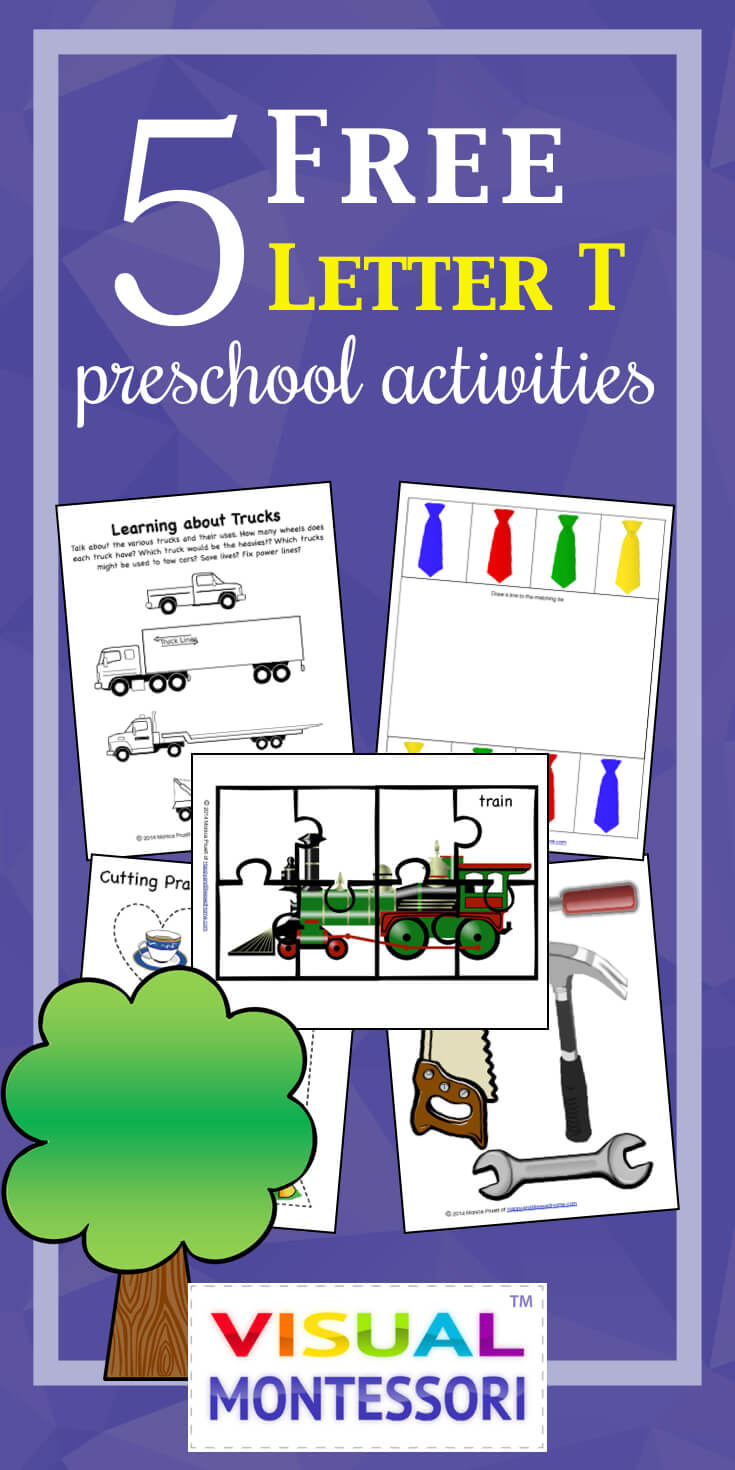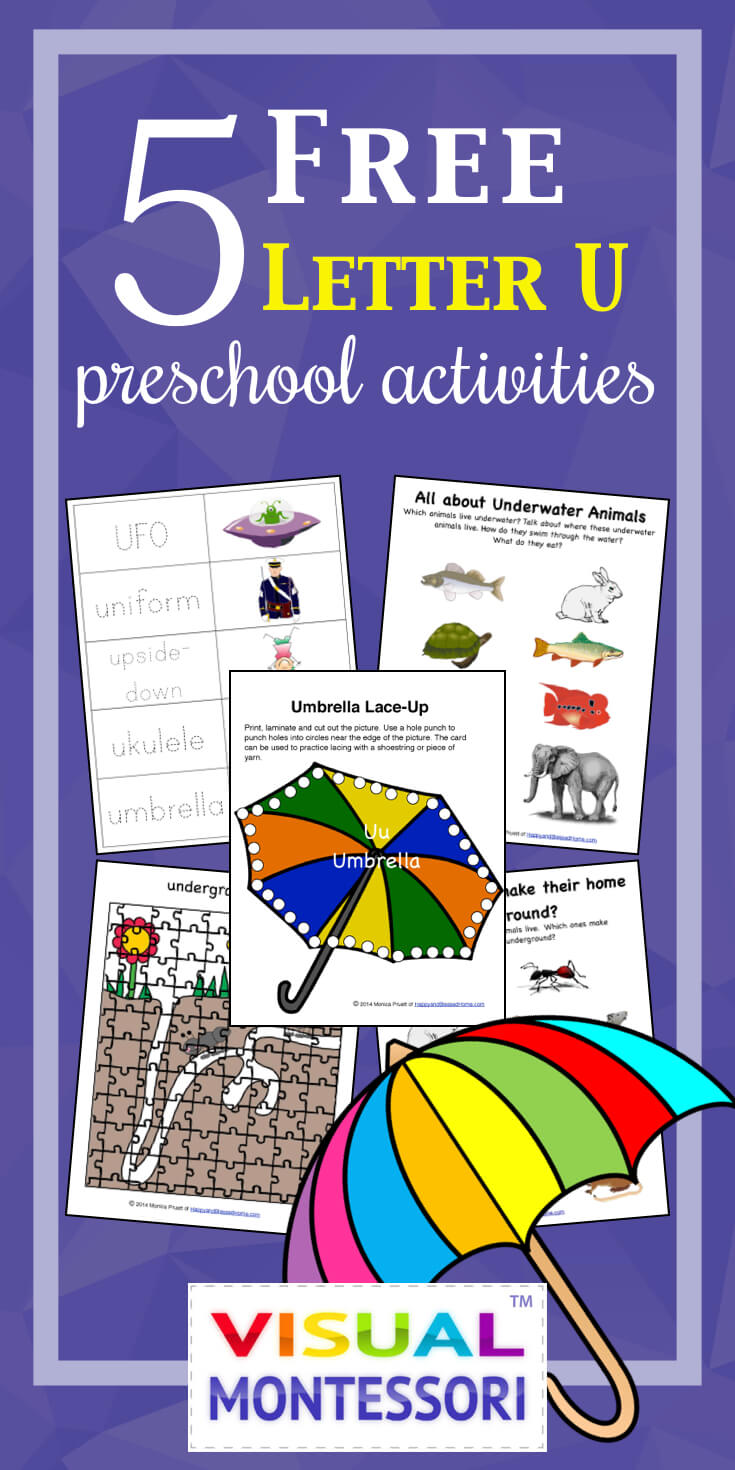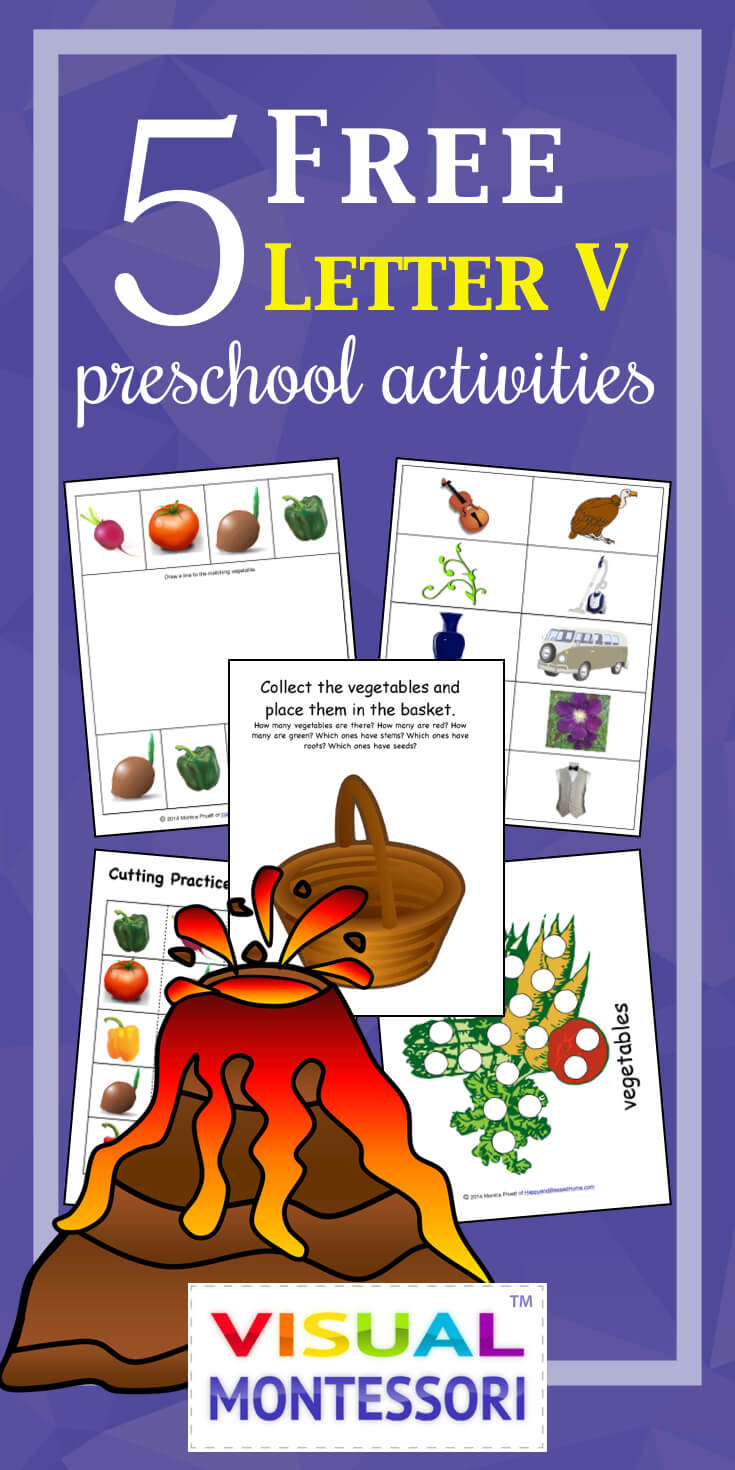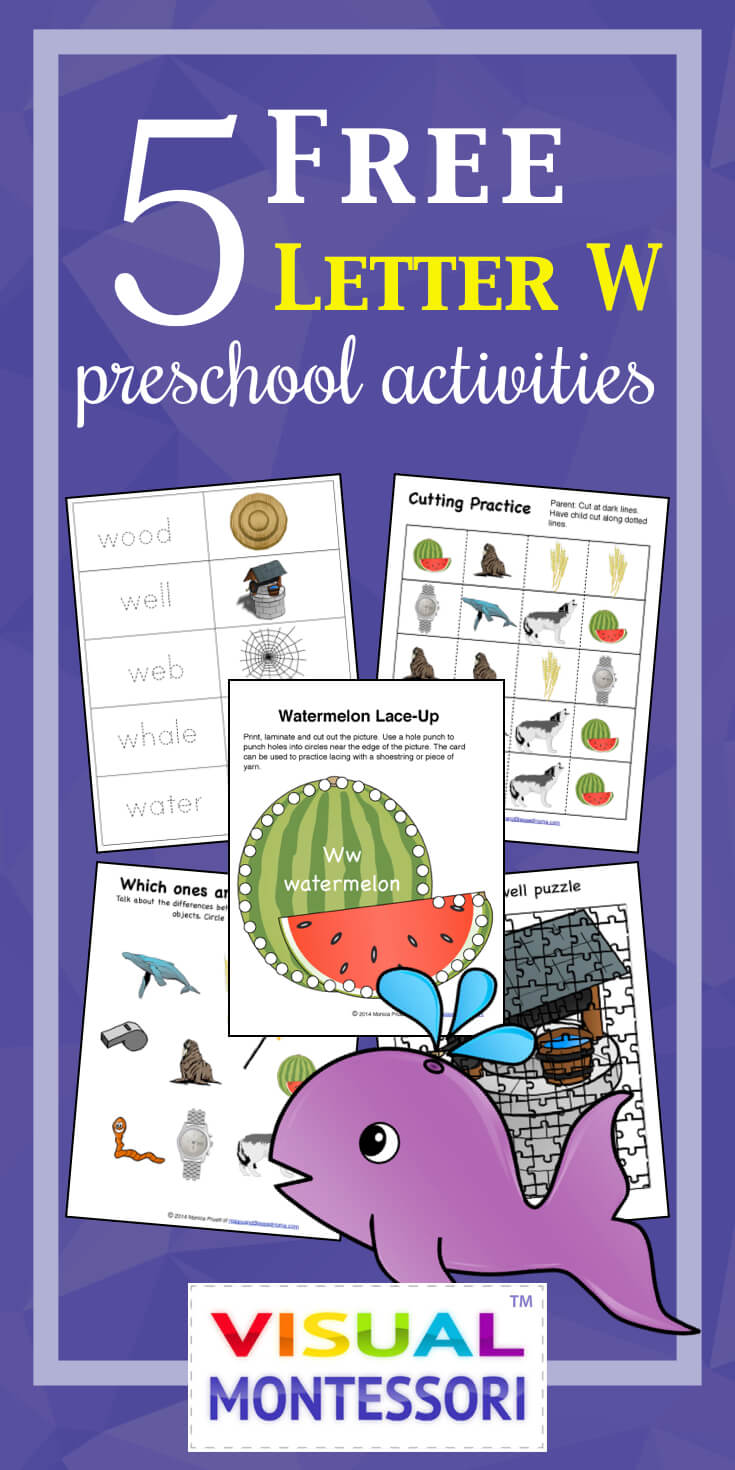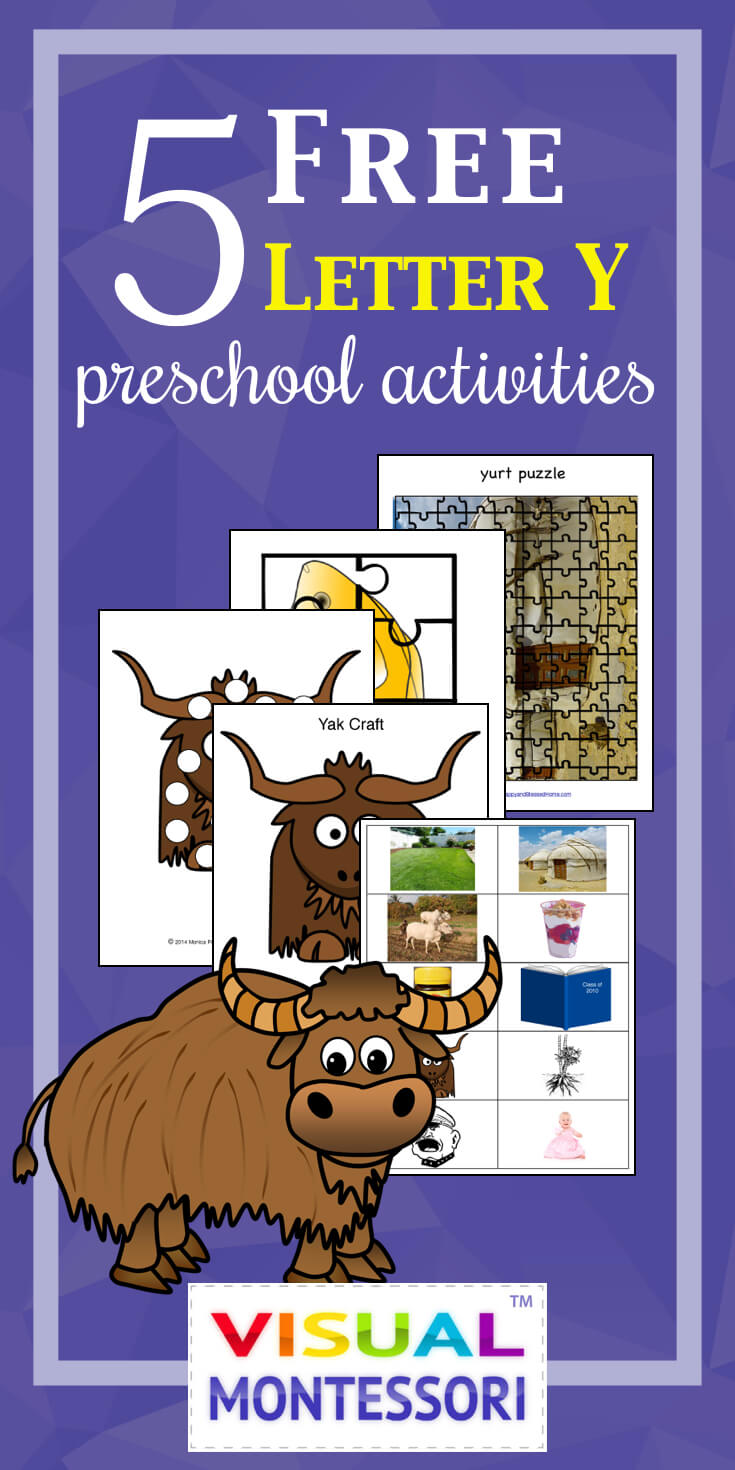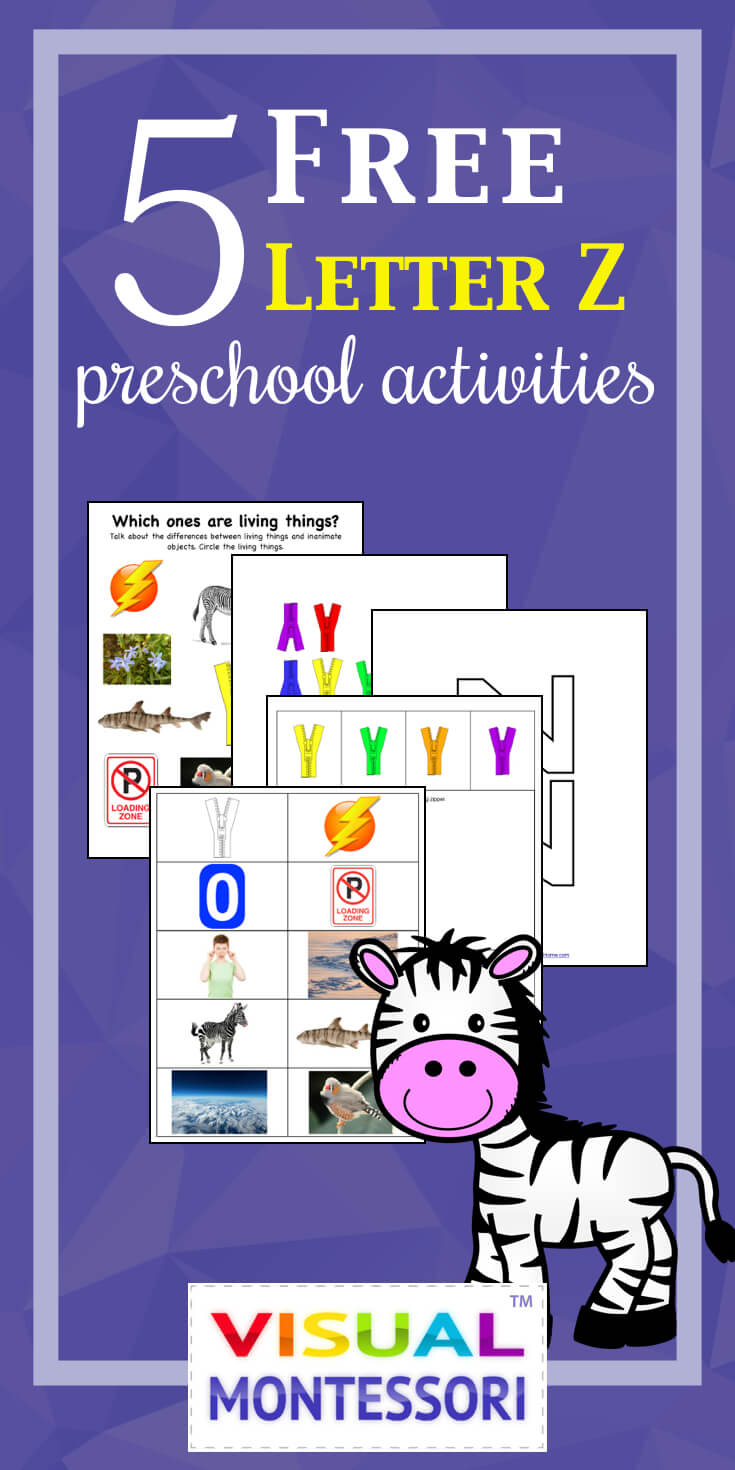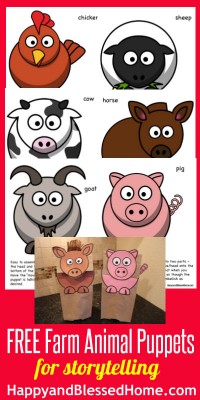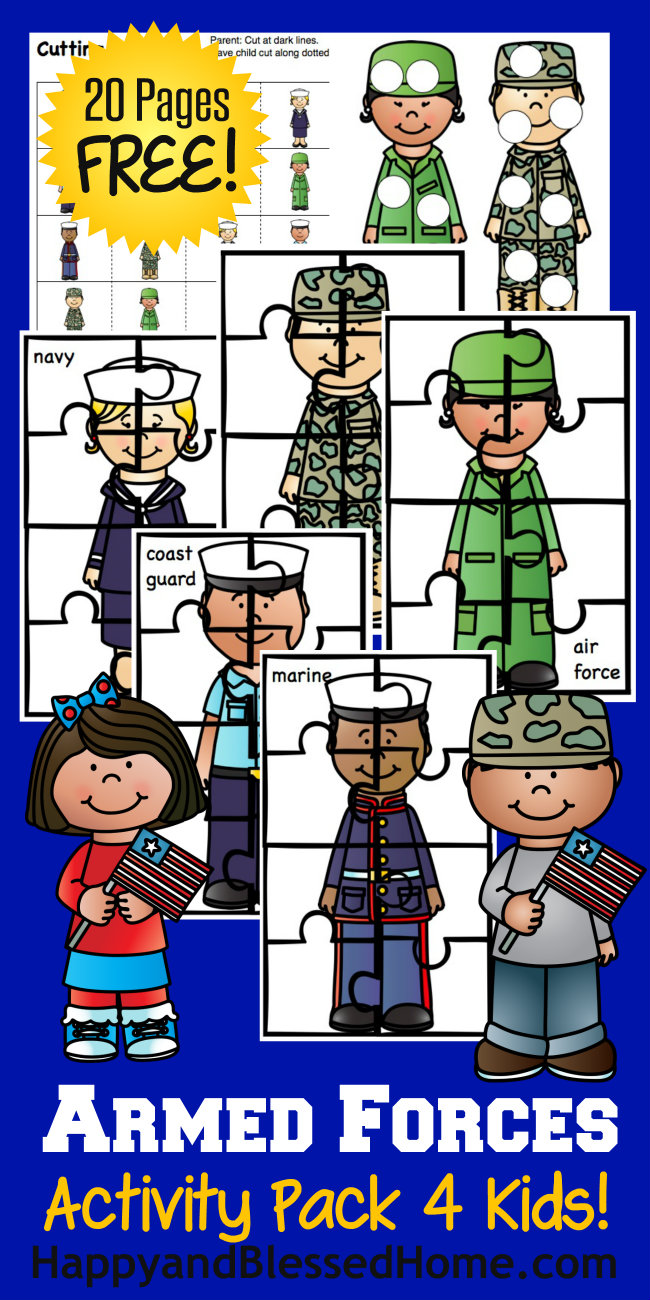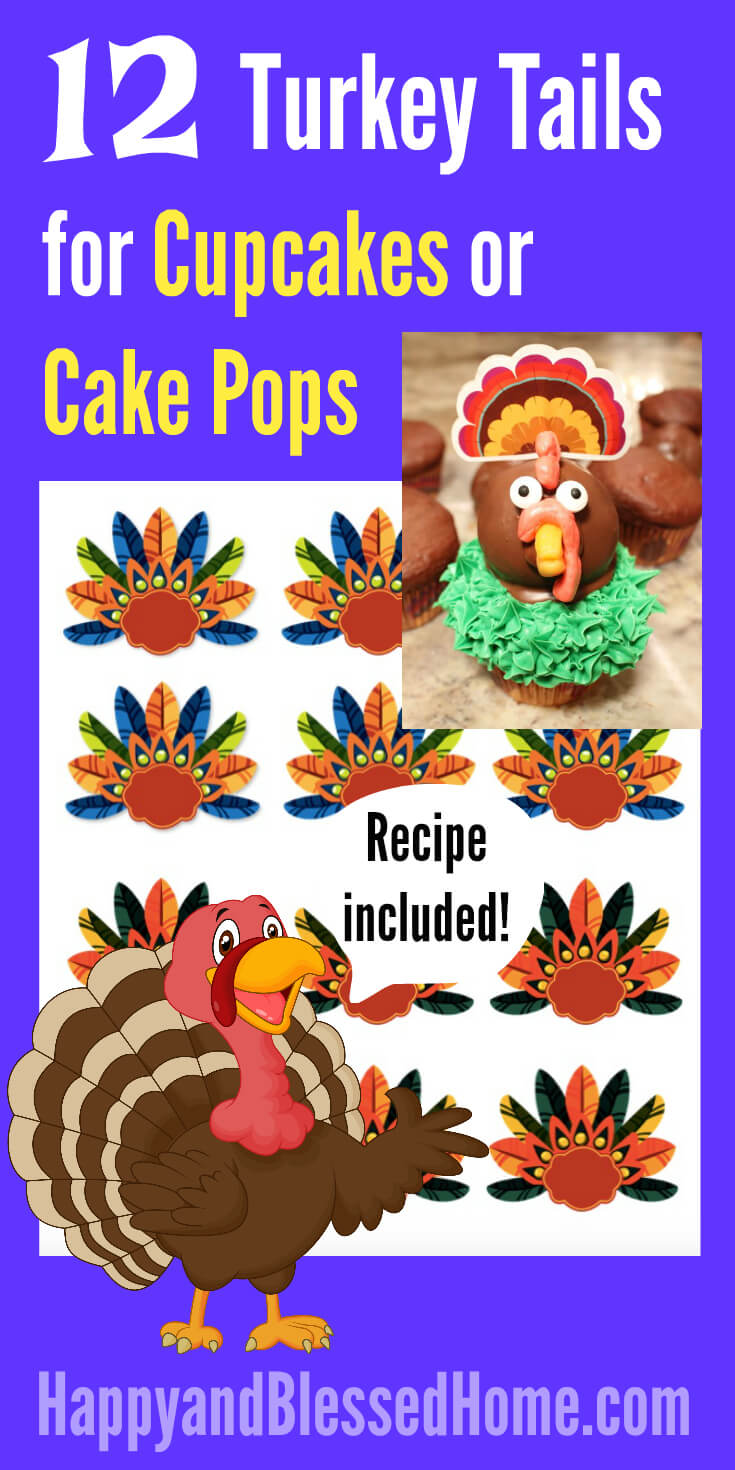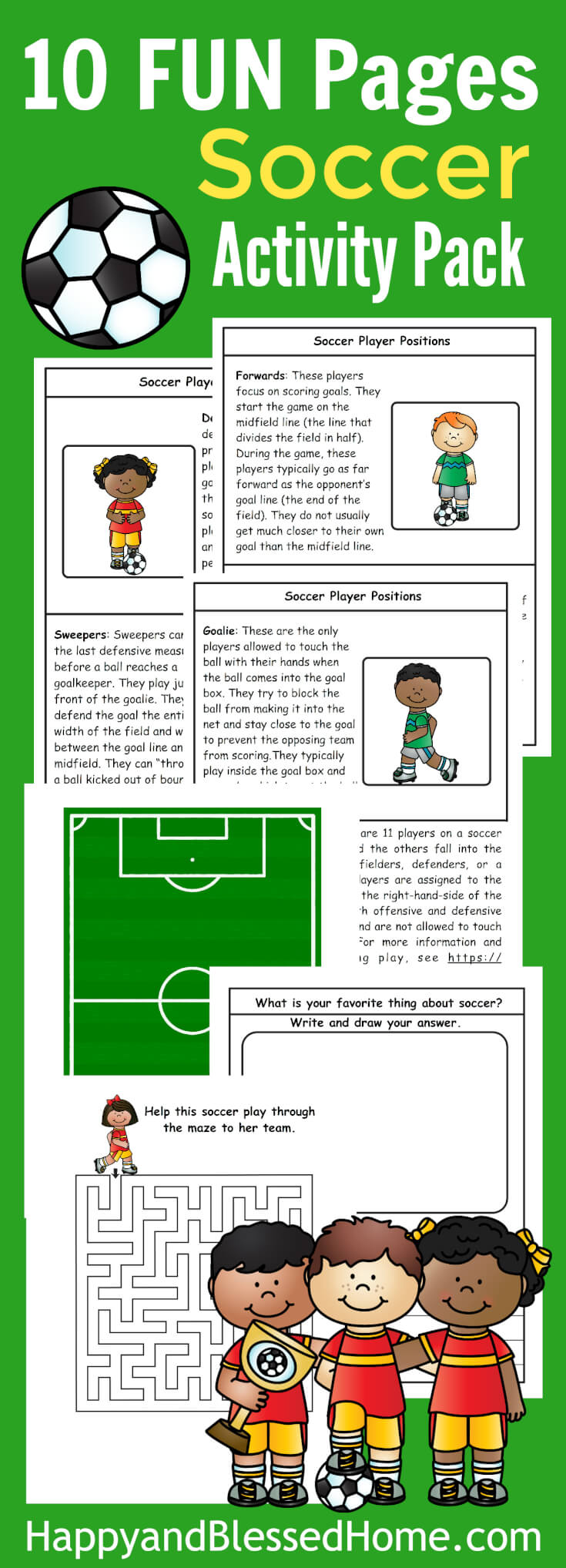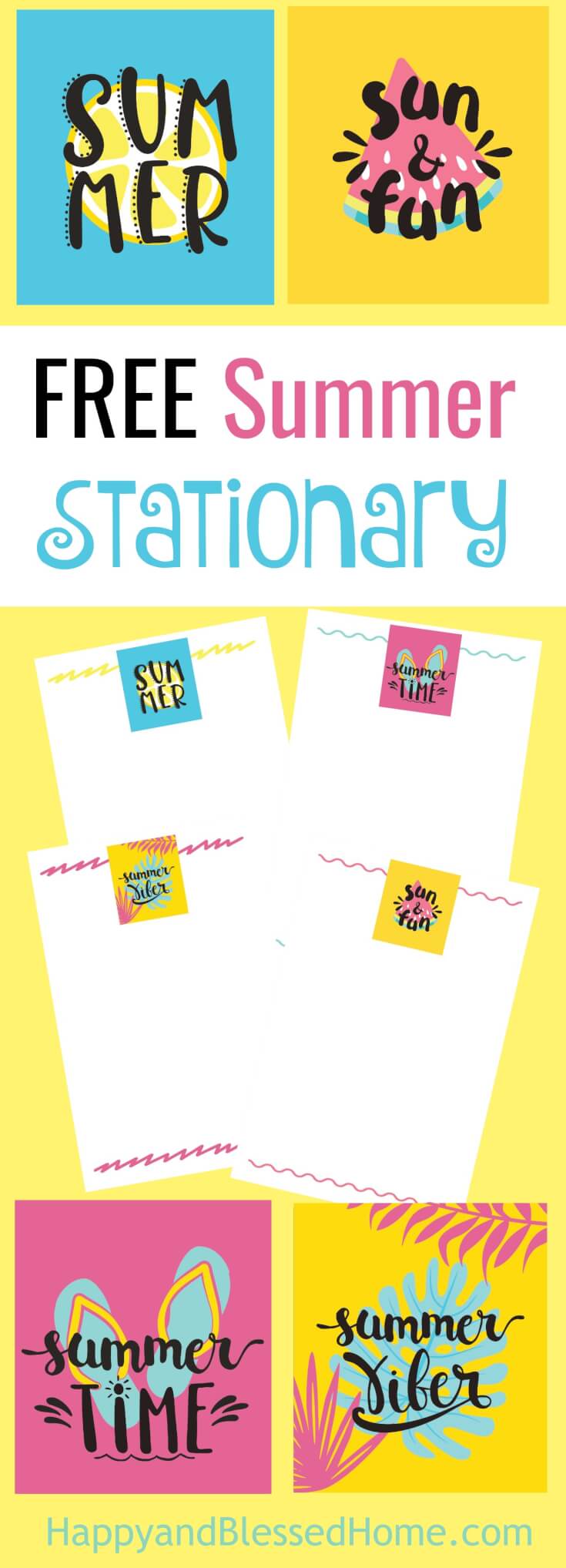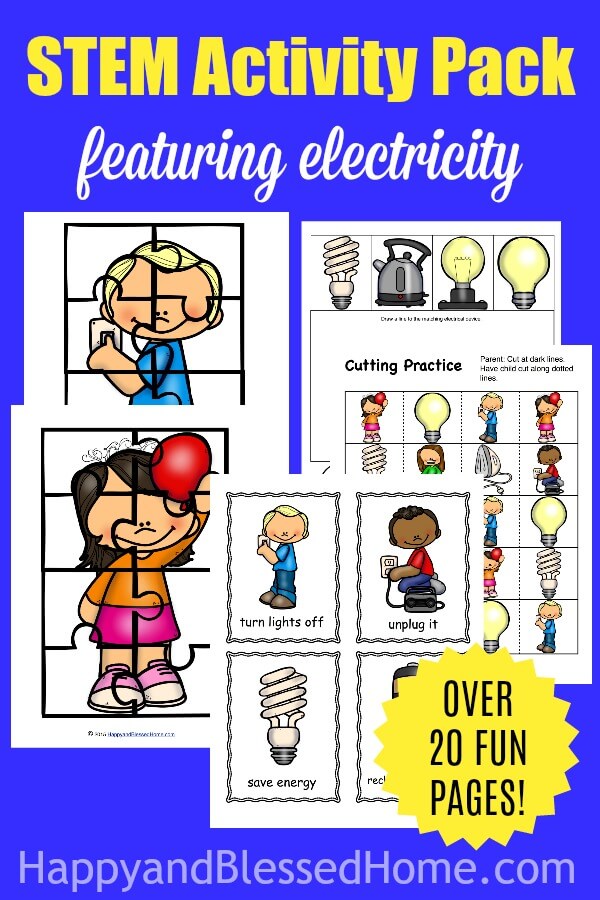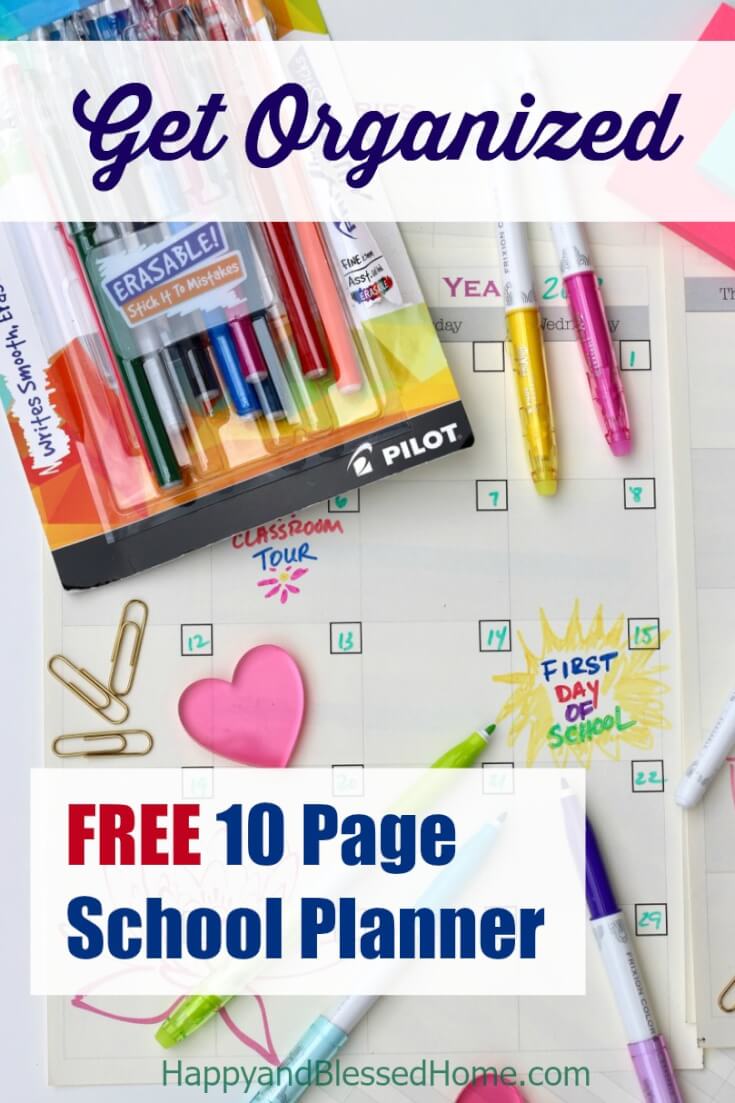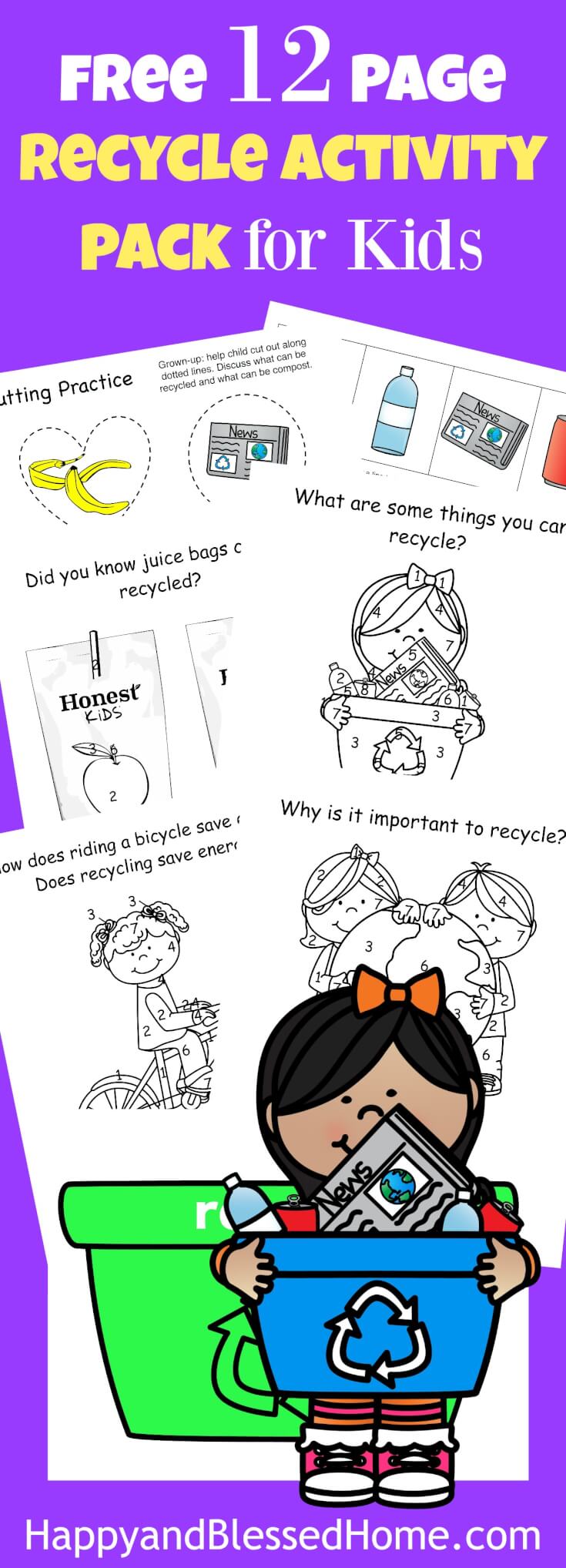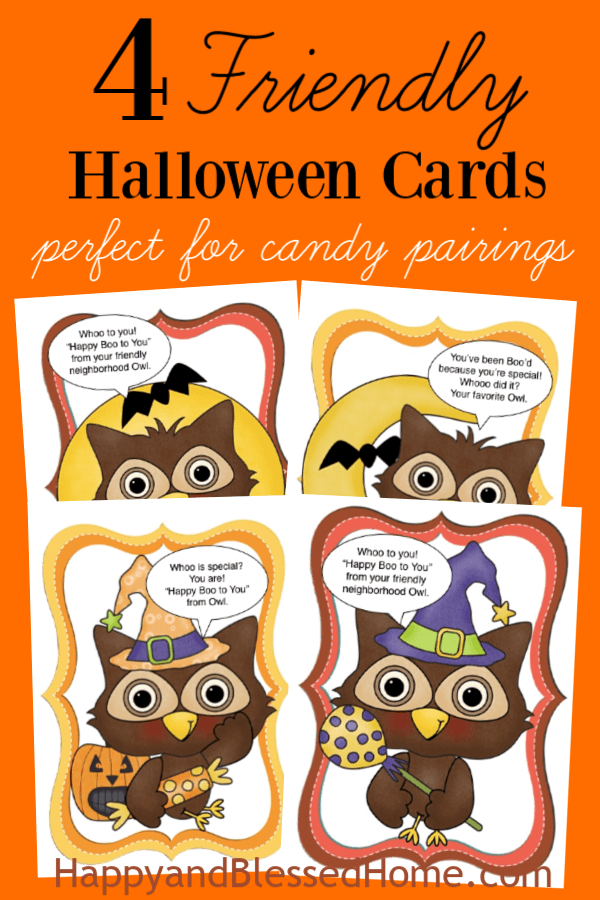If you’ve been following my blog then you know I’m reading Skills for Preschool Teachers by Janice J. Beaty. This book is filled with information about ways to enrich your preschooler’s education. In this book she has authorized reproduction of some assessment charts if they are being used to assess preschooler development – here I am blogging about the charts and offering FREE printables on my blog. The book includes everything from how to set up your pre-school classroom to books and other resources for preschooler enrichment. I’ve included an affiliate link to the the book on Amazon for your convenience. Since I am preschooling my two little ones at home, I have found the book to be extremely helpful.
In this blog post you’ll find the assessment chart for helping your child develop cognitive skills. I think once you read through this blog post you’ll have some great new ideas to make learning about numbers, counting and math lots of fun. Check out all the great ways you can teach your preschooler some early cognitive skills. Click on the chart to download it and/or print from your home computer.

Some simple activities that you can do at home to help build your preschooler’s skills in the area of advancing cognitive abilities.
Paper Sort: I cut paper into squares and used an egg crate as a sorting box. My preschooler loves to organize – this activity kept him busy for almost an hour. Using things we already had around the house – an egg crate and colored paper – this was a very inexpensive and easy way to help my little guy work on focus and sorting abilities.
Pattern Blocks: Pattern blocks are another great way to teach young children about shapes and colors. Pattern recognition is a fundamental skill in learning about math. My son sorted through the shapes and colors and selected the red shapes and stacked them in this picture. He is learning how to identify shapes and patterns.
In our home we use these super fun pattern blocks by Smethport. I like them because they are magnetic which is perfect when you’re building a pattern because it helps hold the shapes in place. If you’d like to get magnetic pattern blocks similar to ours, I’ve attached an affiliate link to this image for your convenience. I partnered the blocks with pattern cards like the ones you see here.
Building Blocks: Legos and similar locking blocks and a great way to teach children about sorting and putting objects of a similar size and shape together. Plus its fun! Building towers and tearing them down – something my boys can do over and over again.
If you don’t already have a set of interlocking blocks at home, I recommend these Mega Blocks – a link to Amazon is provided for your convenience. They are larger than legos – easier for smaller hands to use and safer for younger children who put everything in their mouths; and they are virtually indestructible.
Want more great ideas? For more great ideas to teach your preschooler about early math concepts, you may want to check out some of these great tools developed by some of my blogging friends.
The Measured Mom posted 7 activities for the letter “I” a Hands on Math for Preschool list of ideas. This post includes FREE printables and is a great way to not only learn about numbers but the letter “I” as well.
Anna from The Imagination Tree shared a great idea for using legos to teach not just numbers but the concept of measuring and quantities. Check out her post Counting and Measuring with Lego.
Homeschool Creations has an entire web page devoted to Preschool Math including number tracing sheets and counting sheets like this one: Count the Dalmatian’s Spots. If you are looking for great ideas and FREE printables you’ll want to check out Homeschool Creations.
I love all the great FREE printables that can be found online and I’m excited about teaching Peanut more about numbers and counting.
Hopefully this post will be helpful to anyone reading this blog. You can now cross-reference the developmental areas of Montessori with where your preschooler is at developmentally with these assessment charts.
Some other categories for assessment include:
- Small and Large Motor Skills
- Creative Movement and Curiosity
- Cognitive Concepts
- Listening and Speaking Skills for Teachers
- Reading Behaviors
I’ll be blogging about some of the other skills as we progress.
If you found this post helpful I’d love to hear from you in the comments. You can also help my blog grow by liking my Facebook page at: HappyandBlessedHome.
In His Grip,
I link to over 100 parties a week. Additional links can be found at my Link Party Page.
To leave a comment on any post, click the headline of the post and it will take you to a page where you can leave a comment at the bottom of the post.
